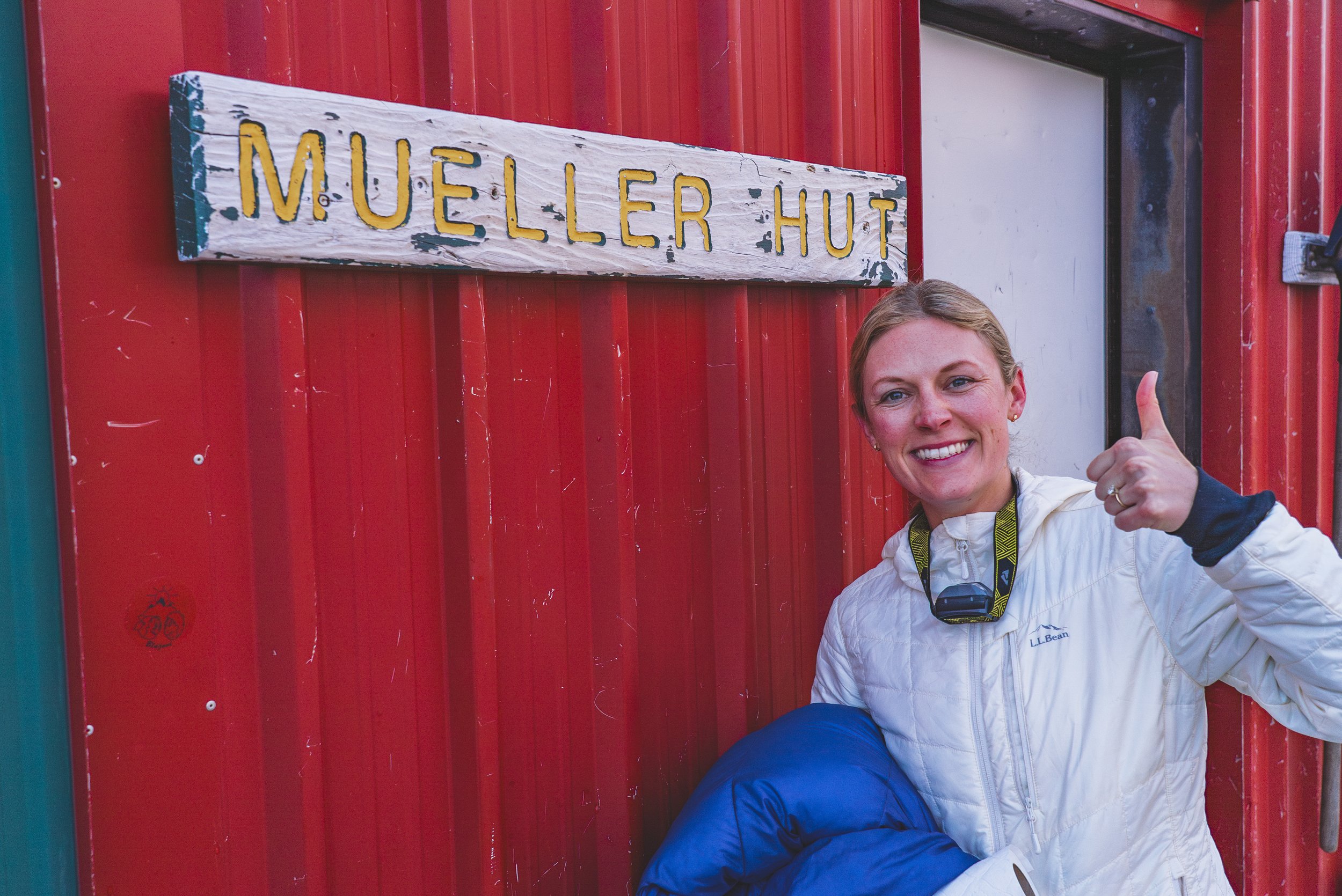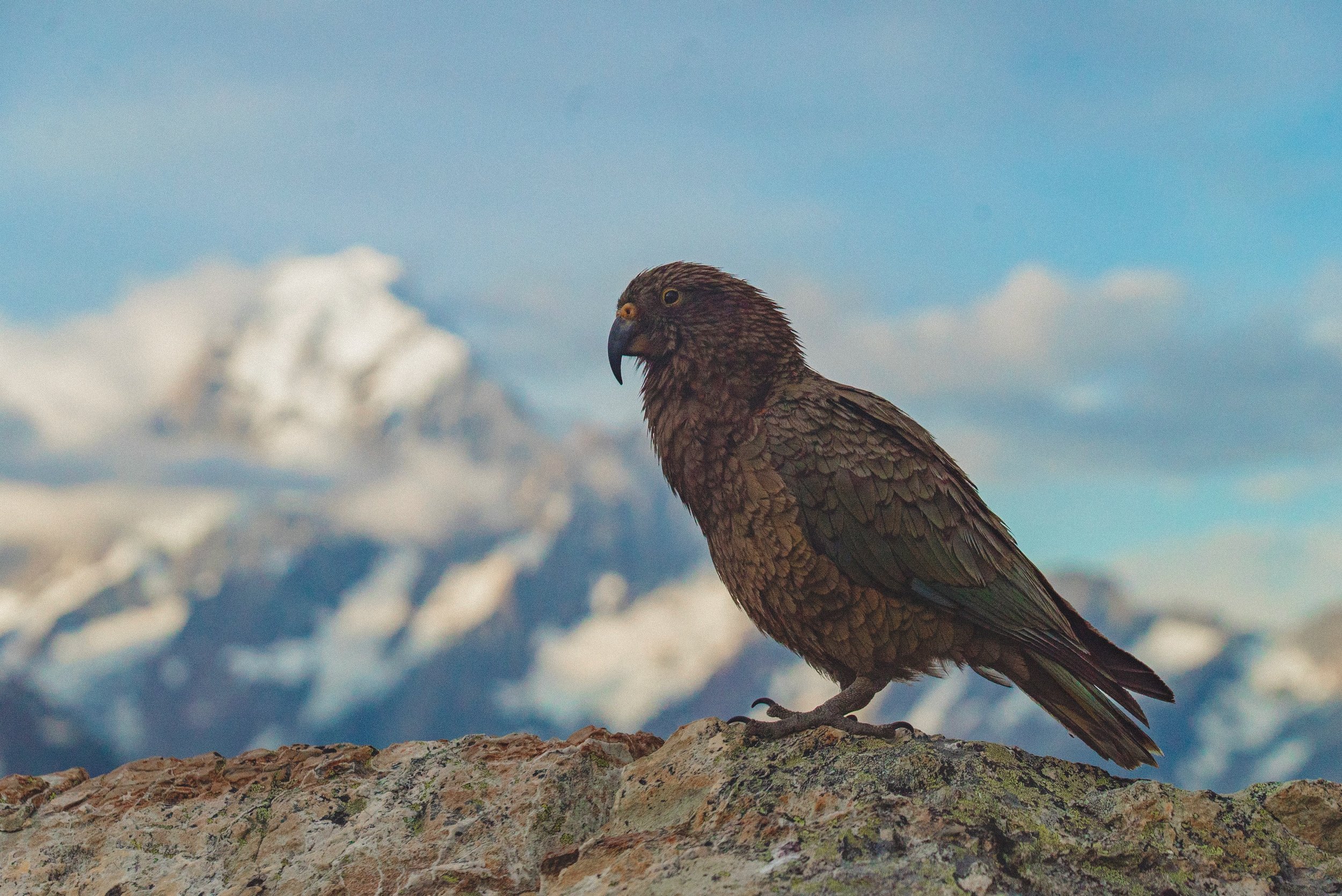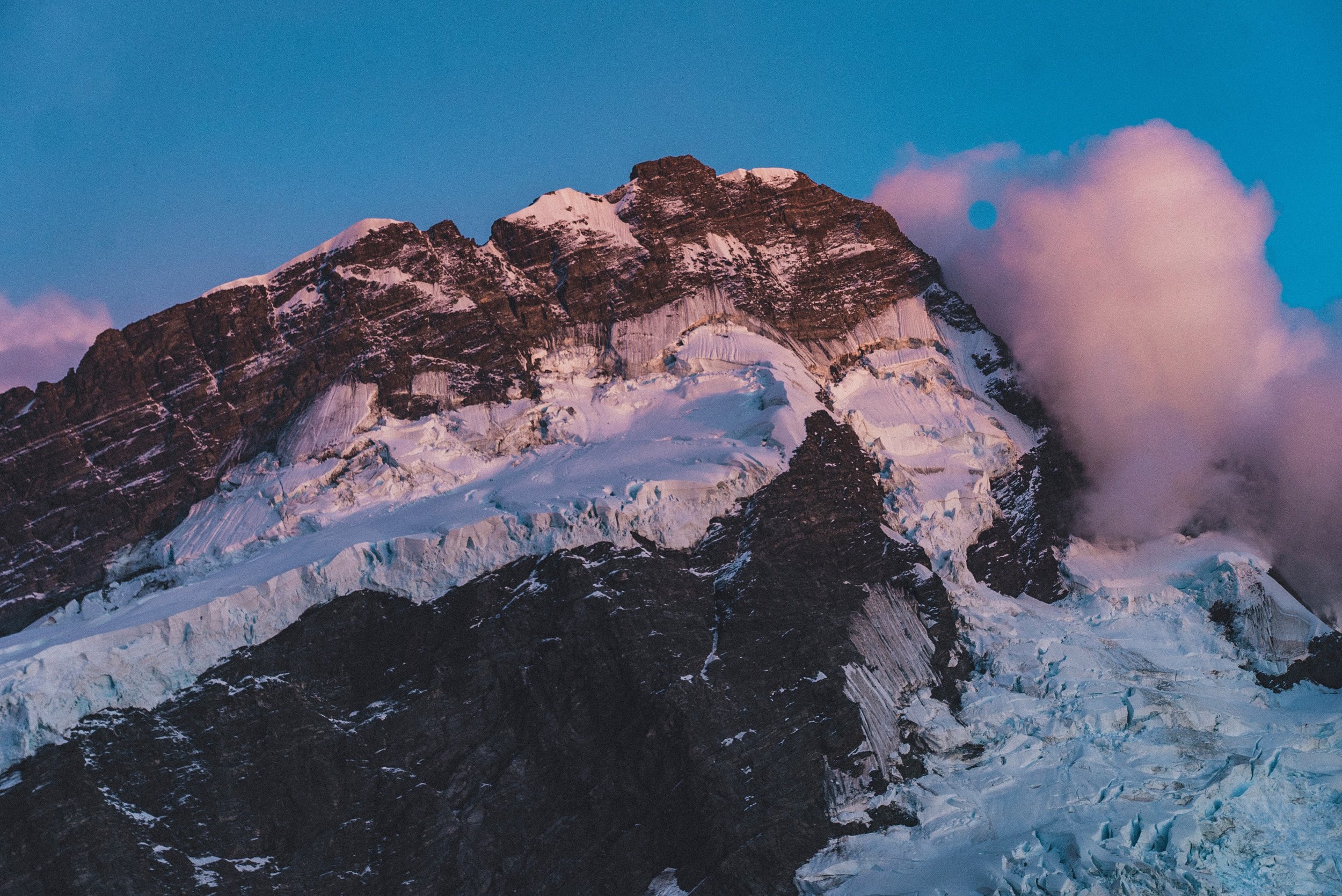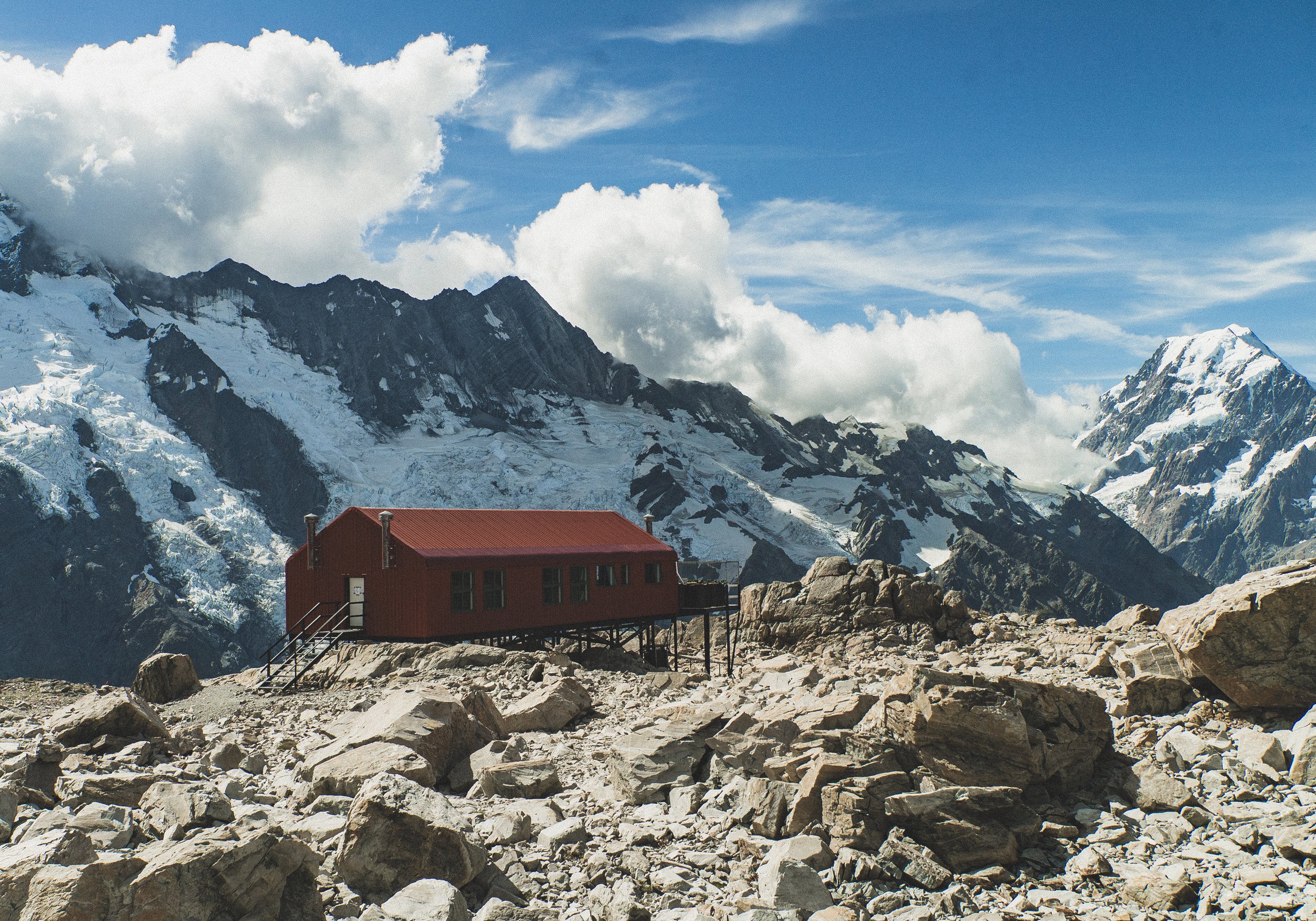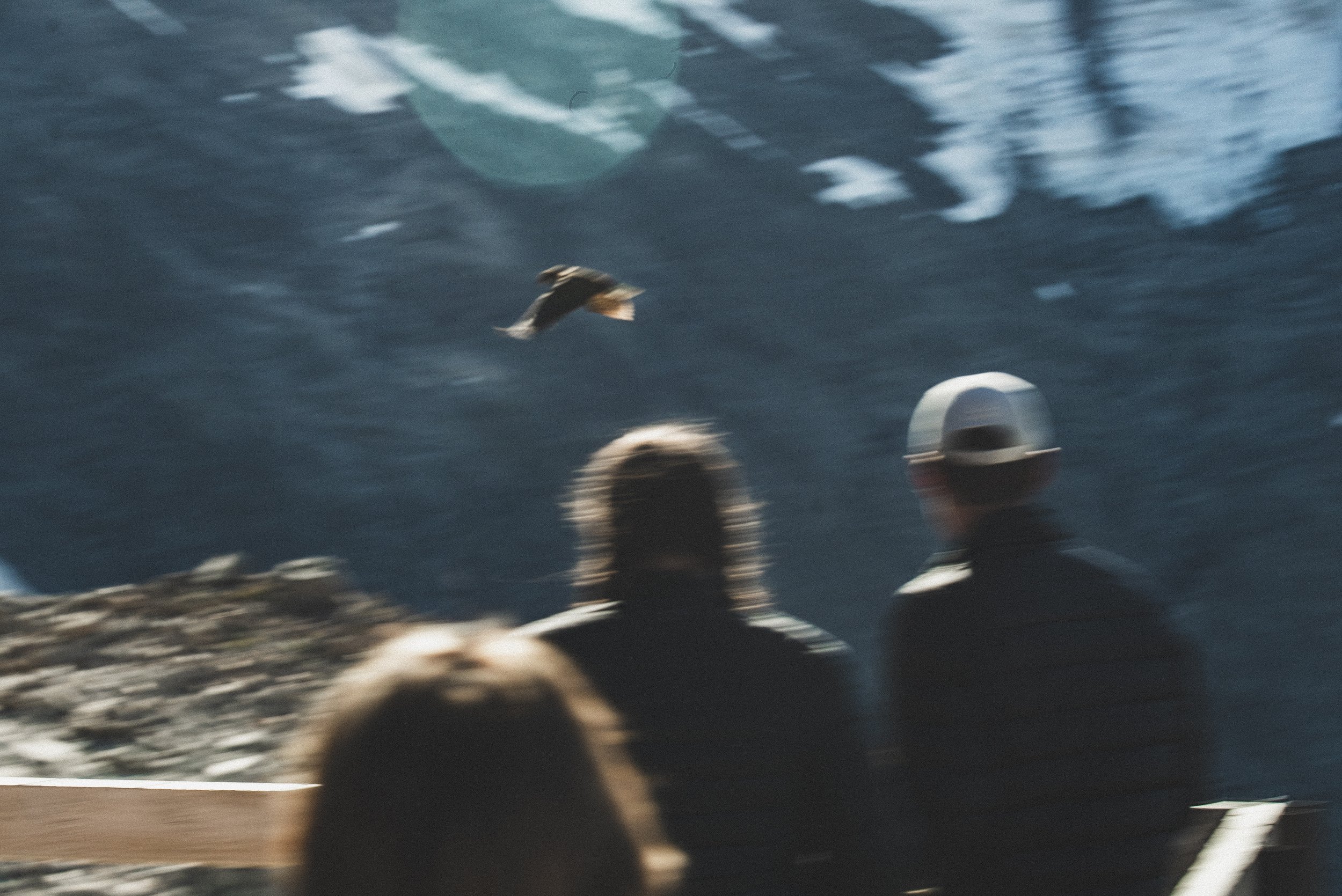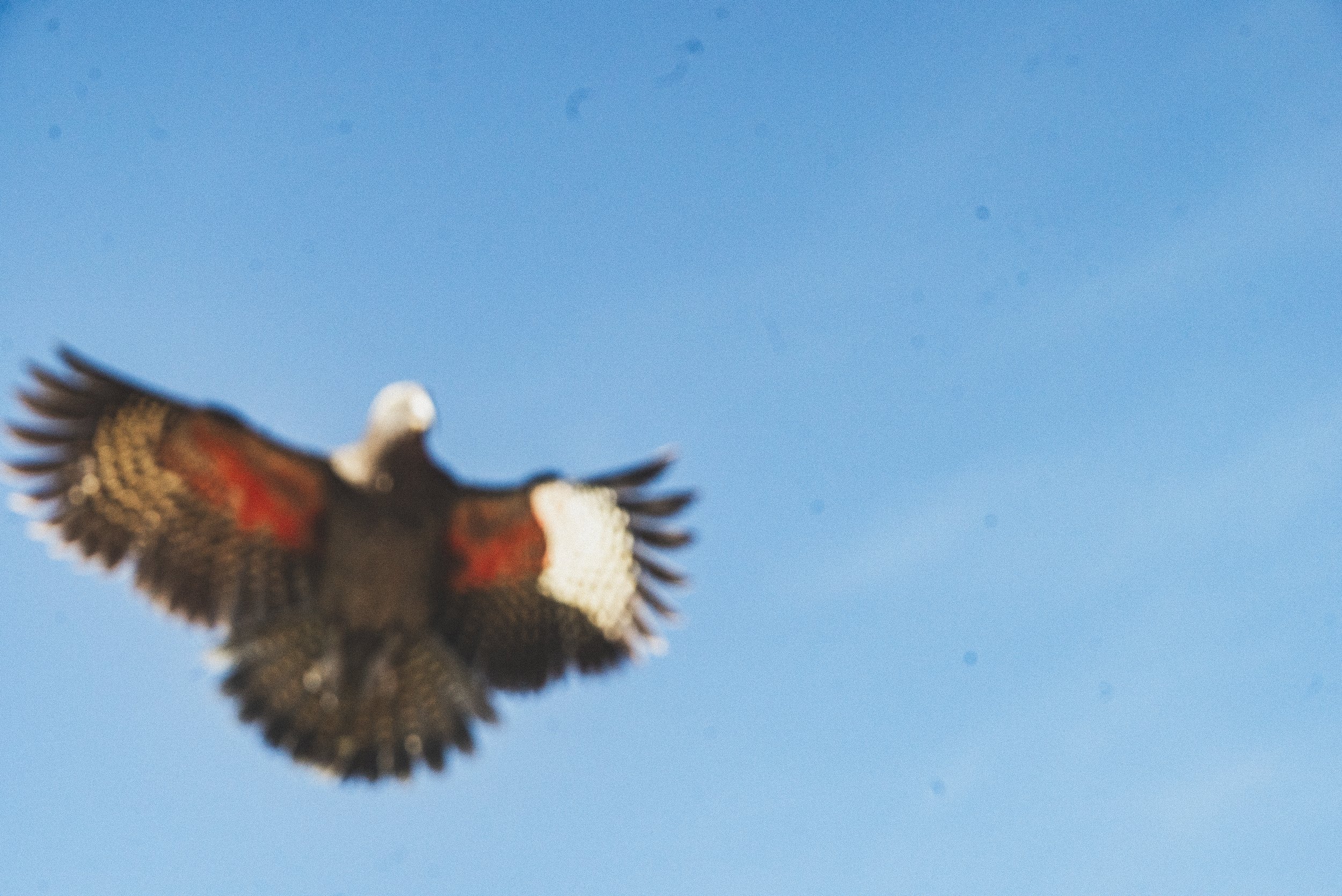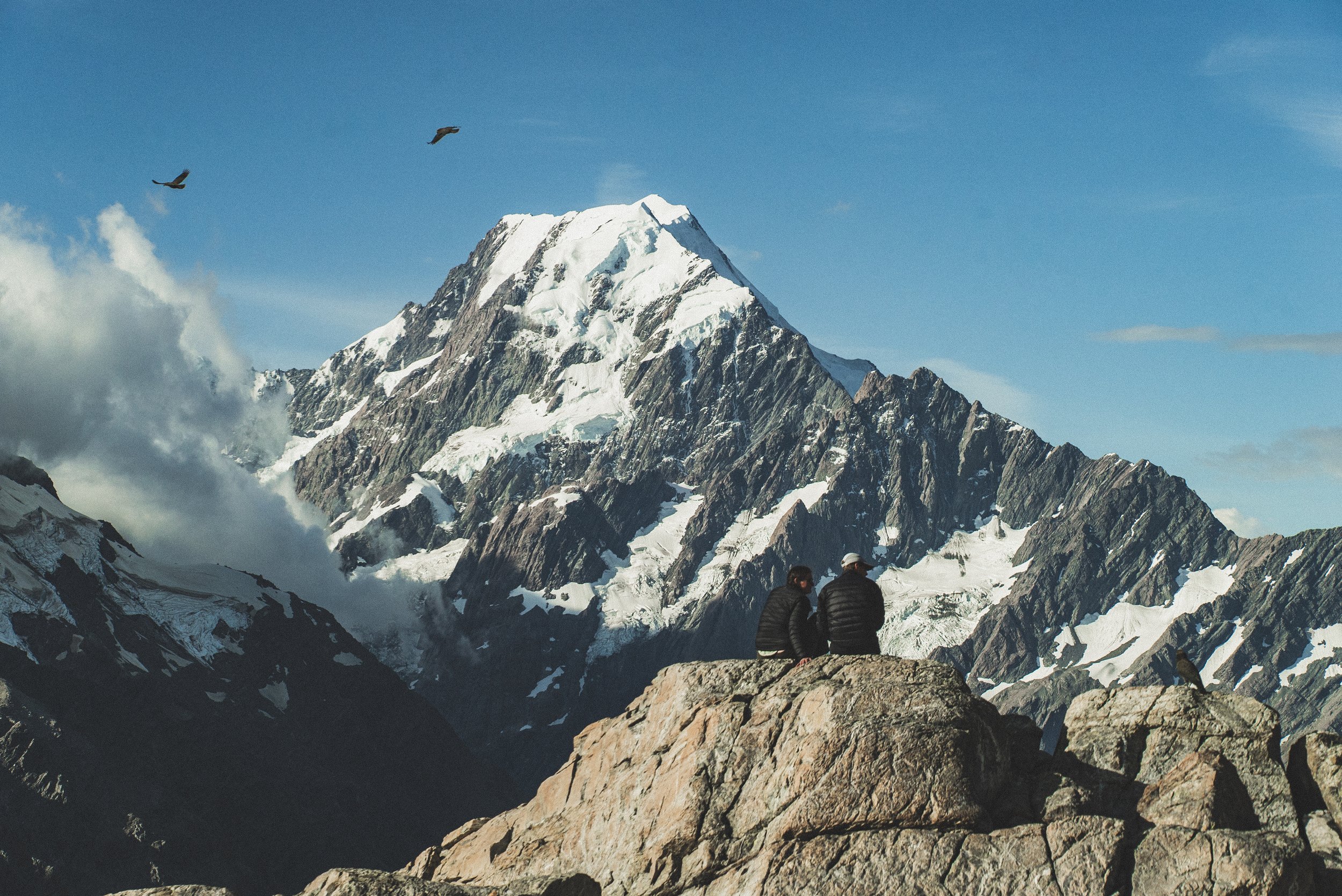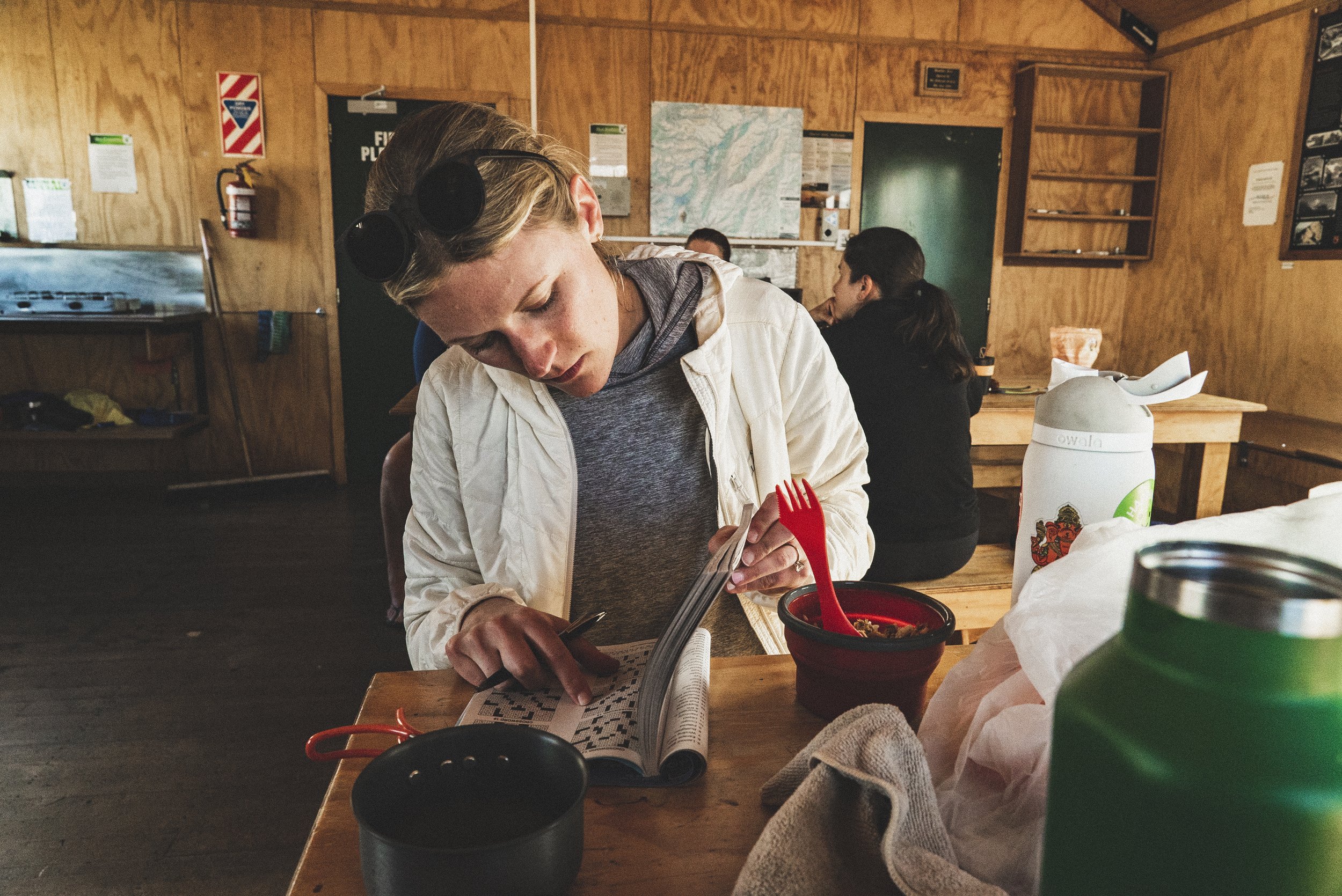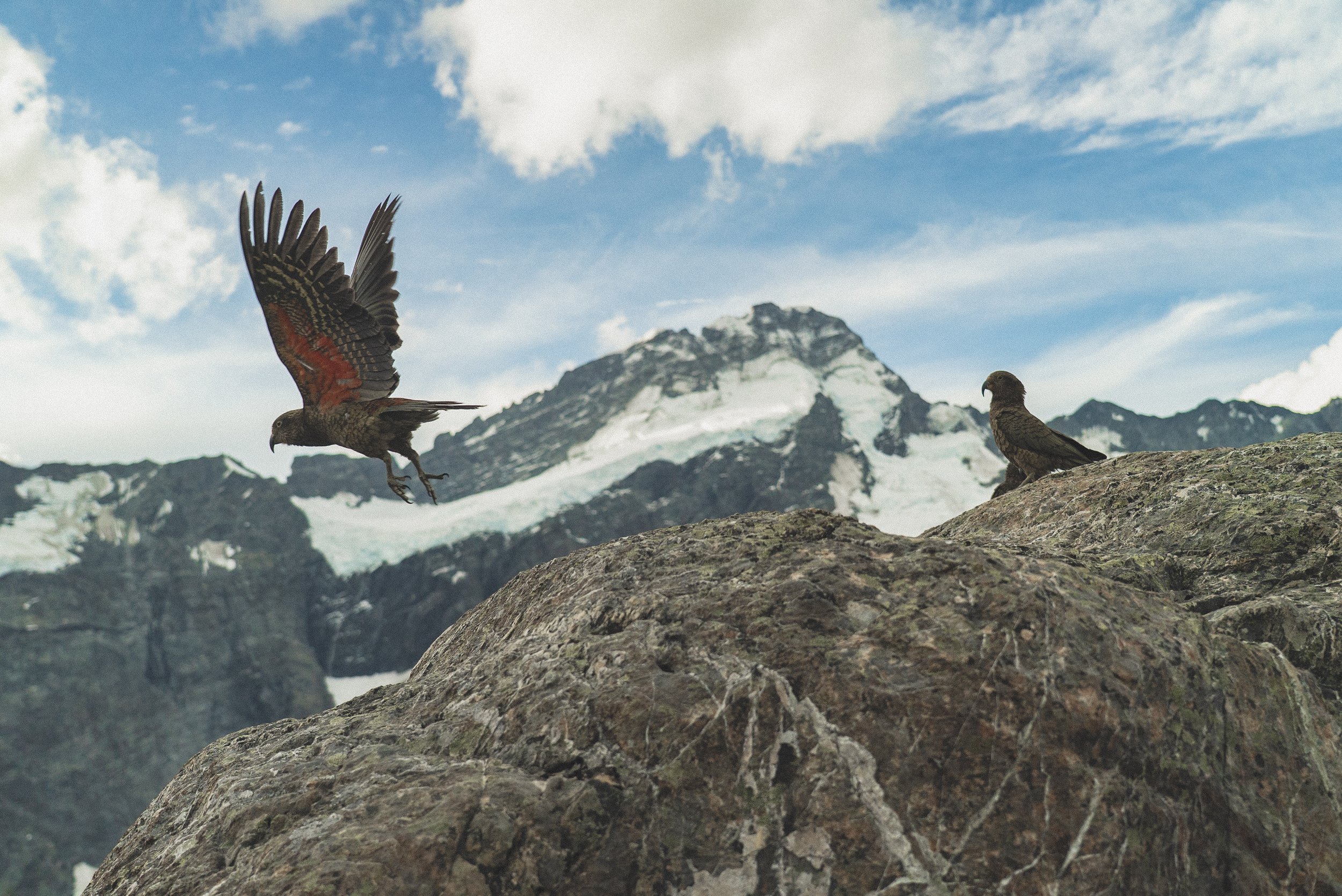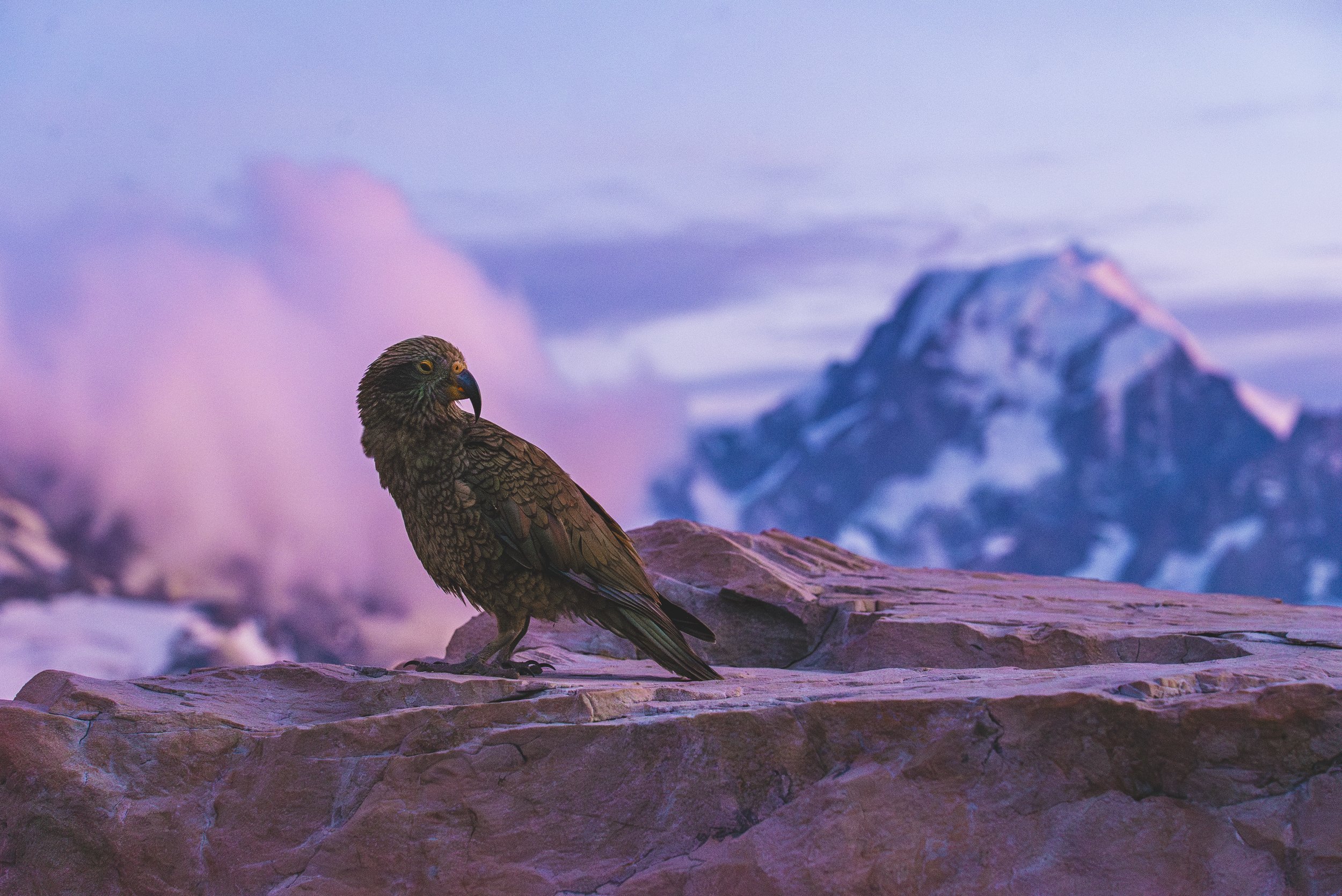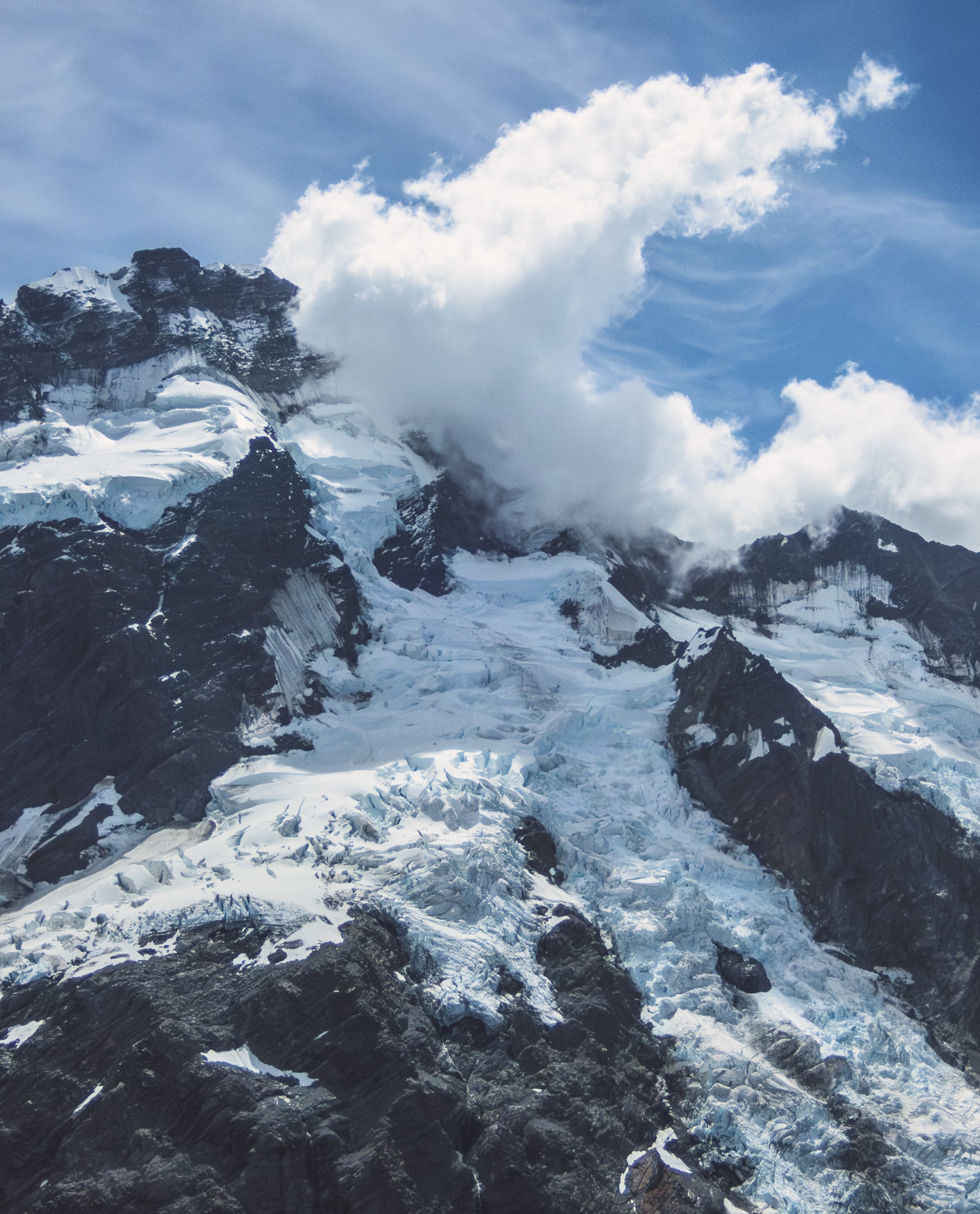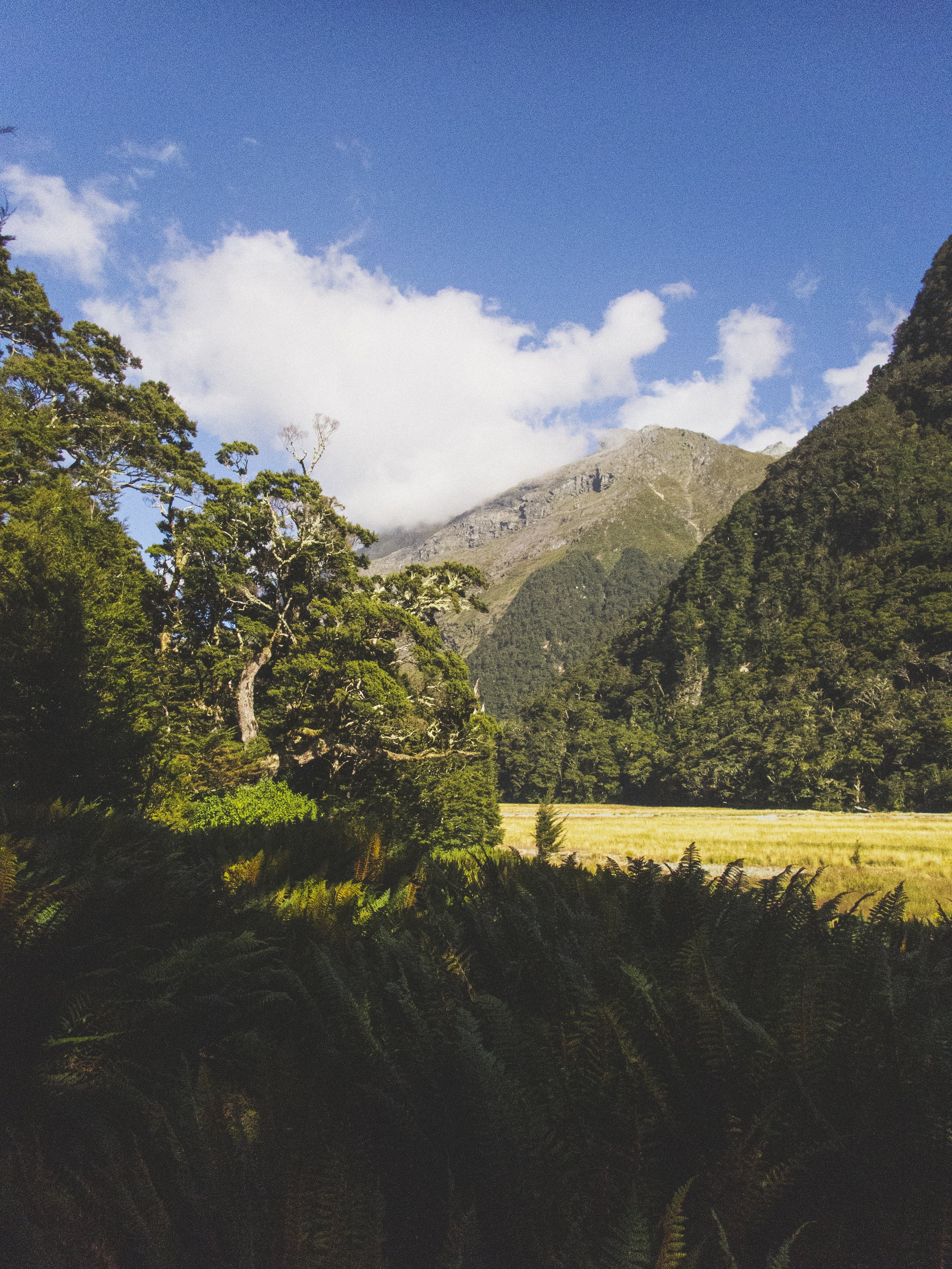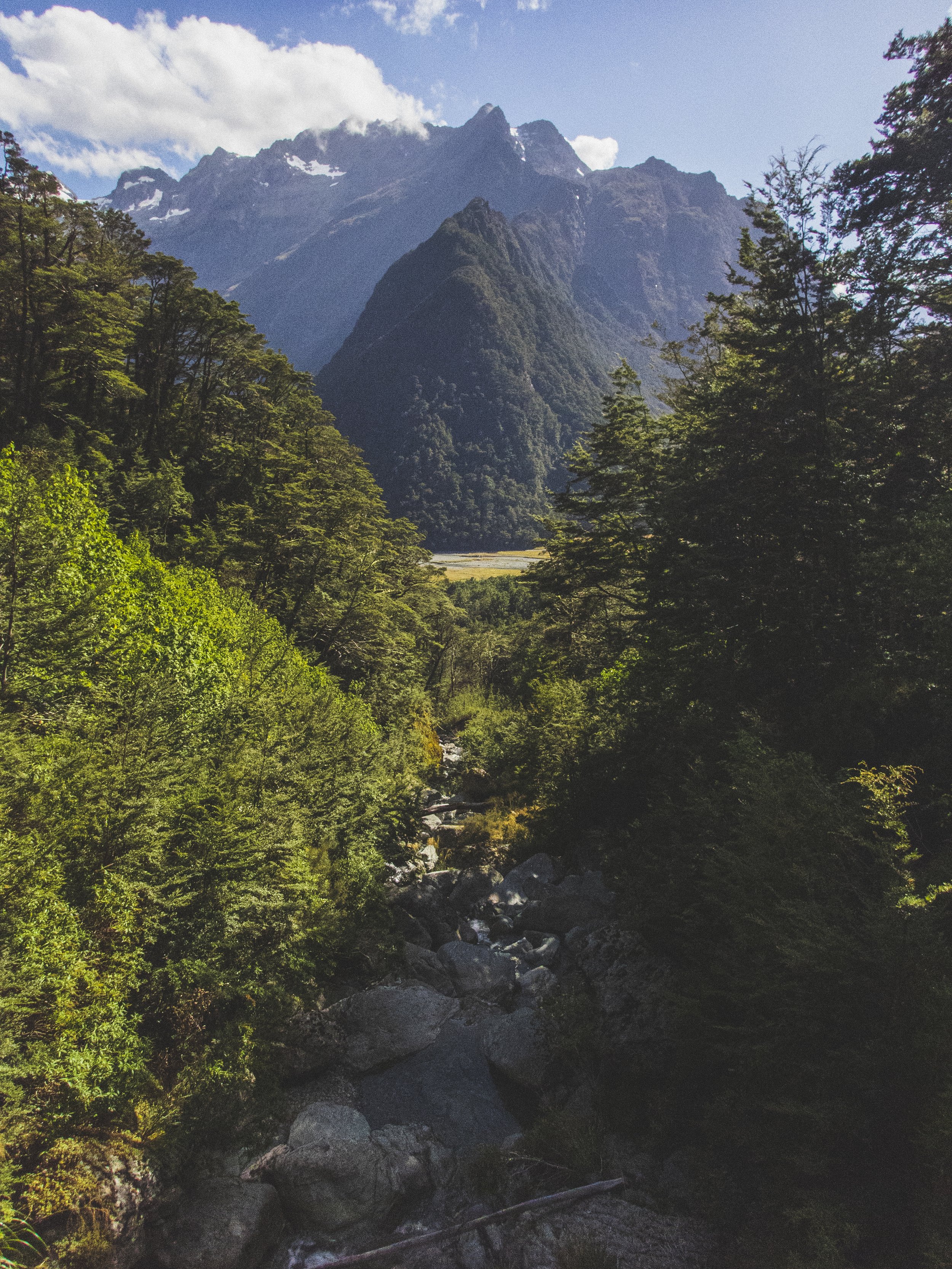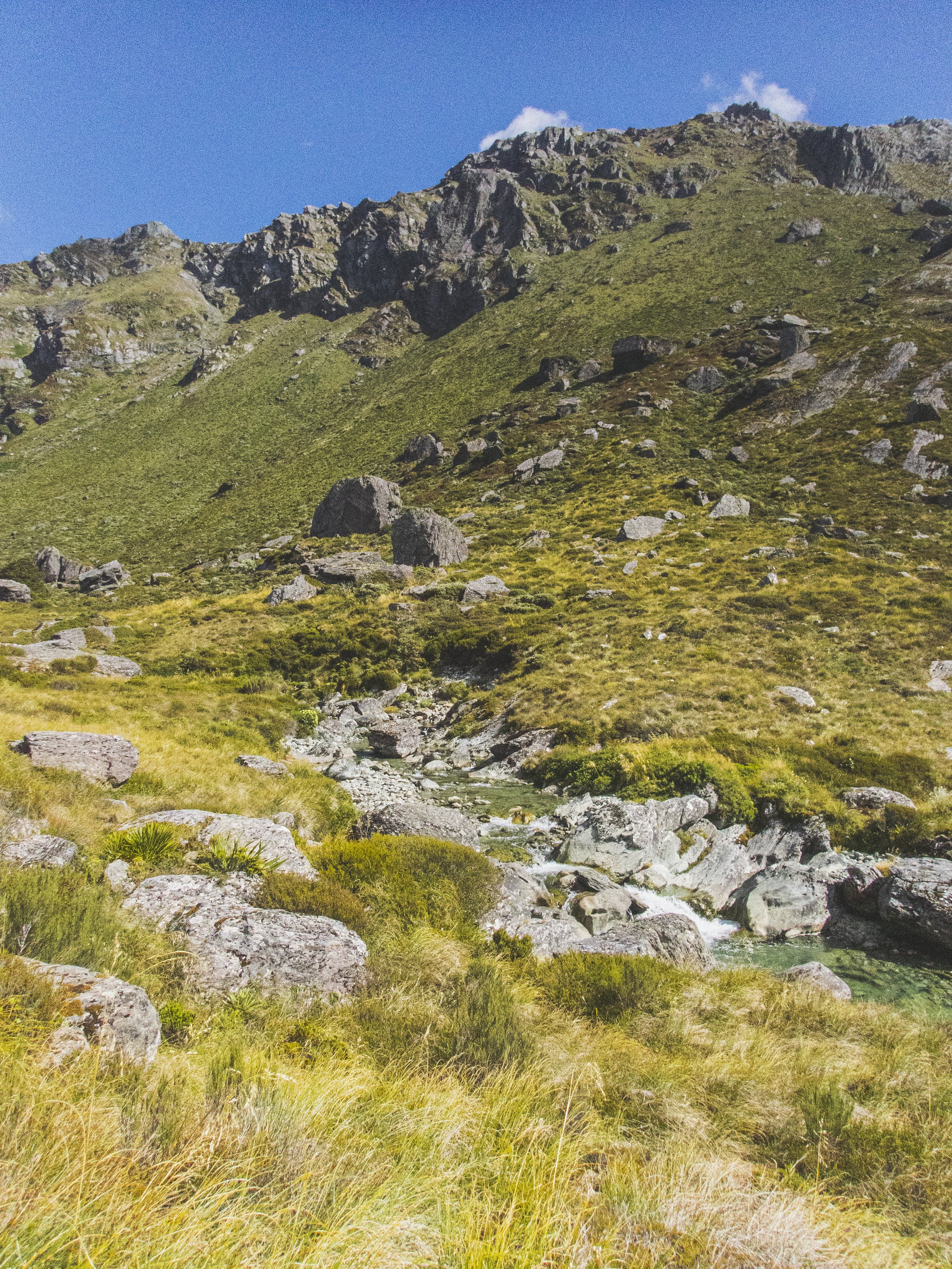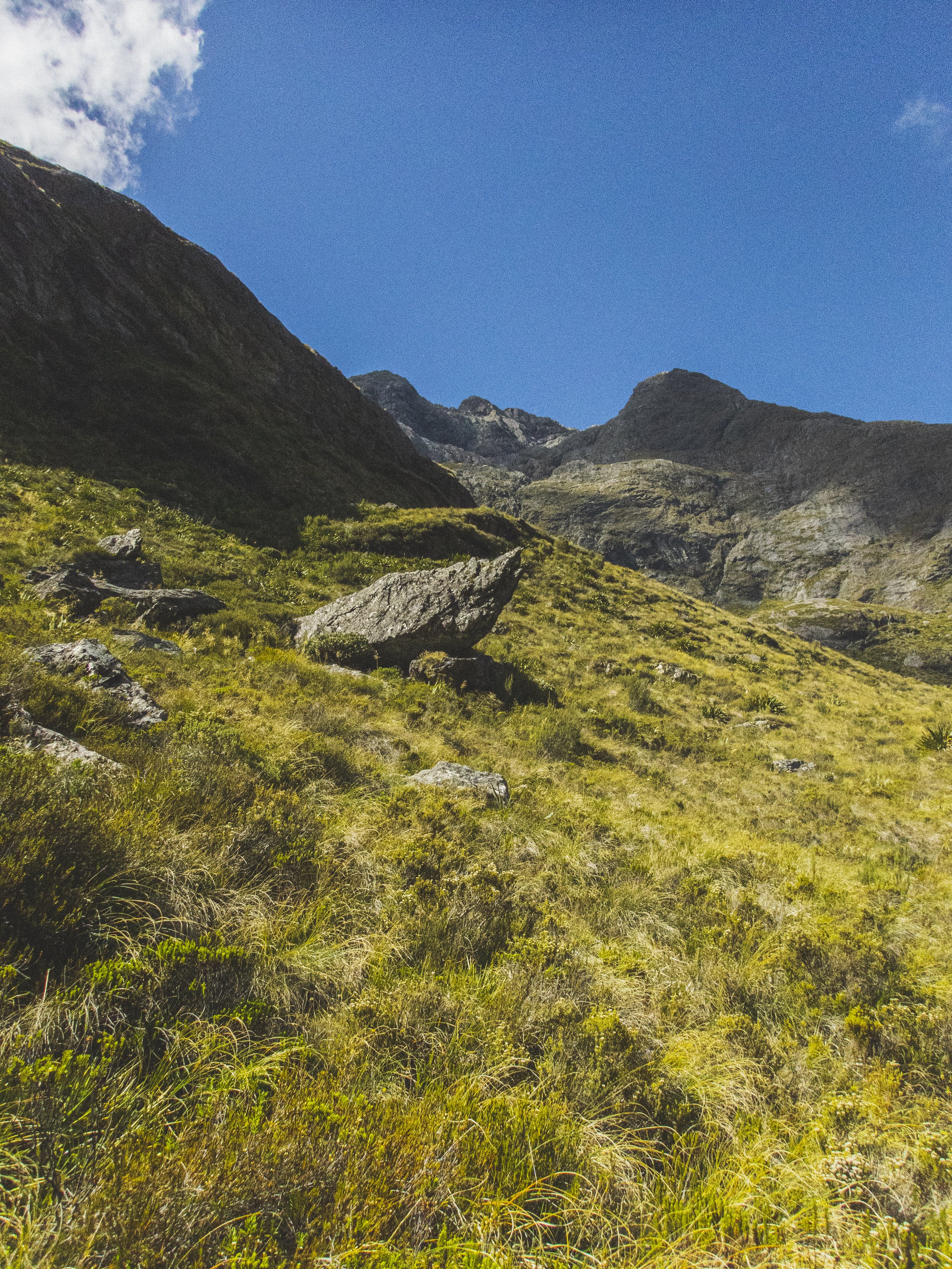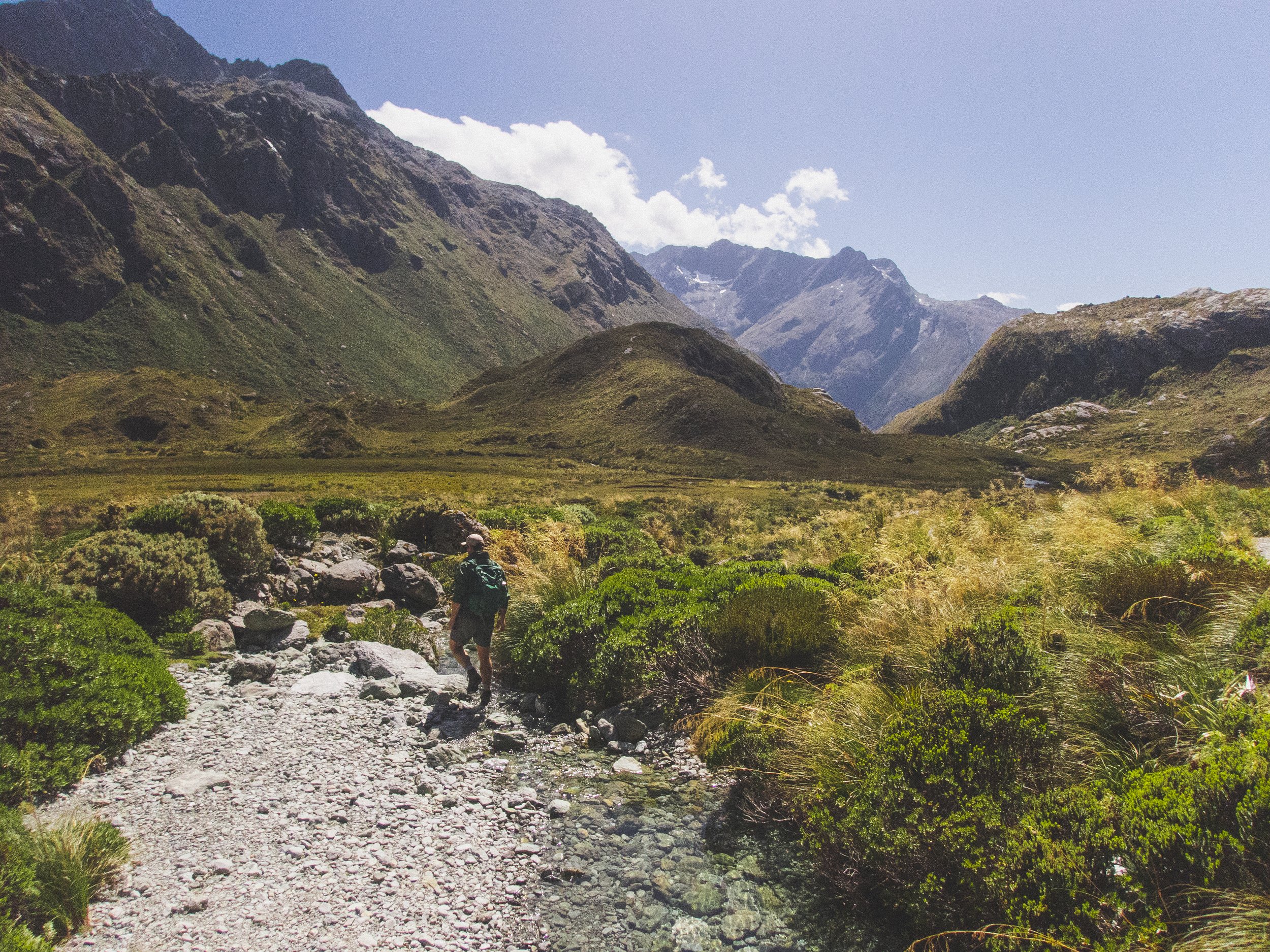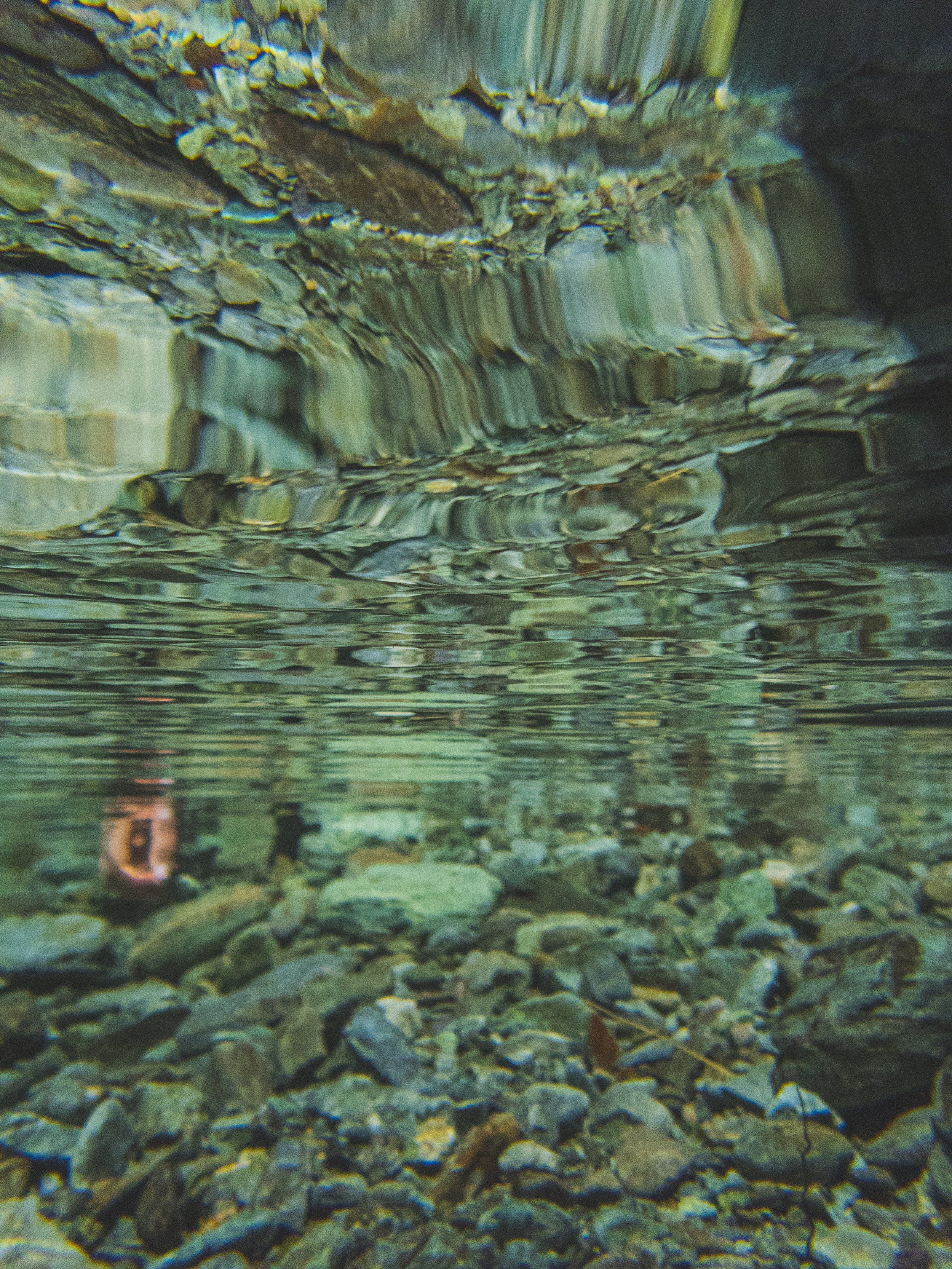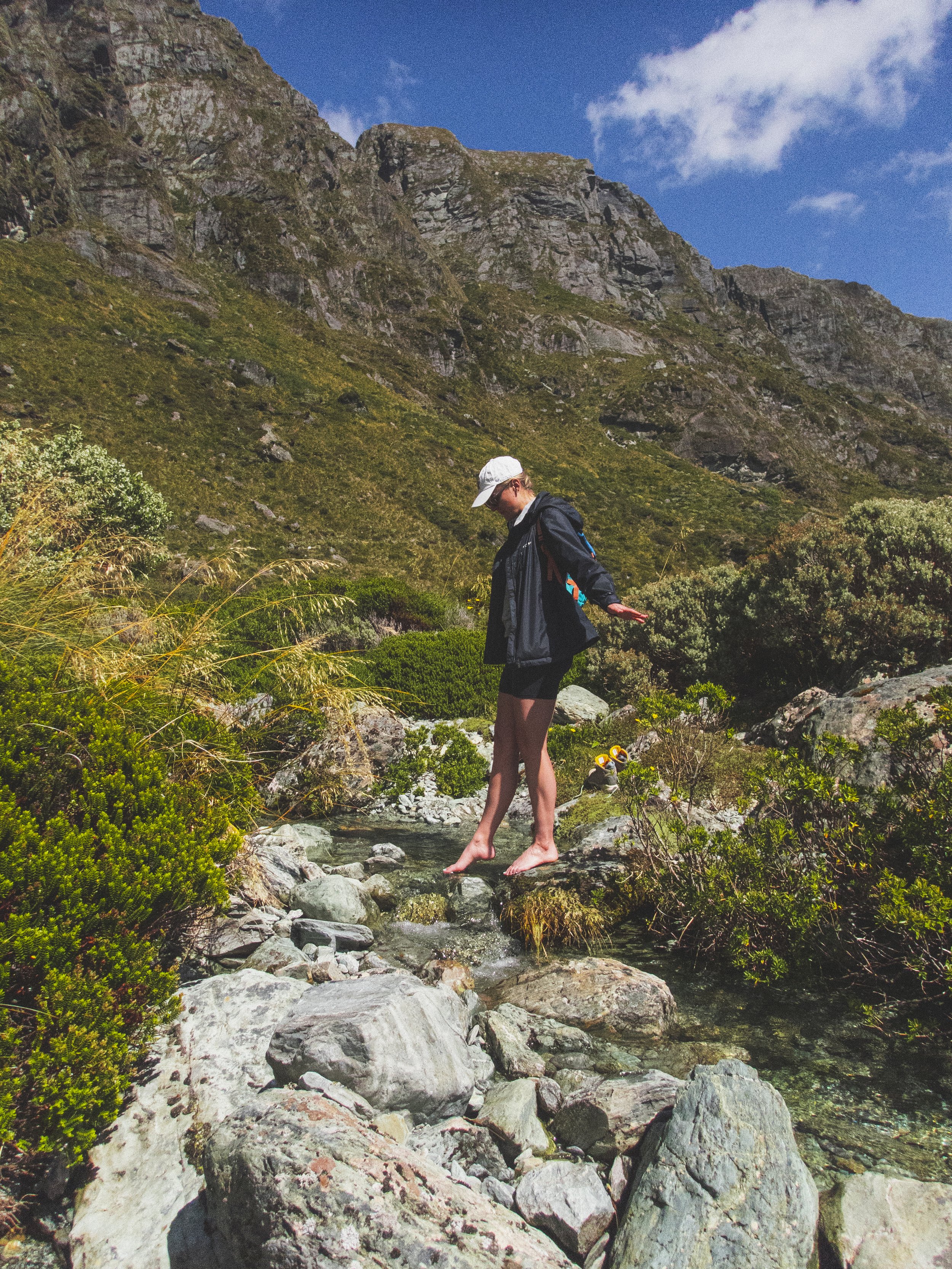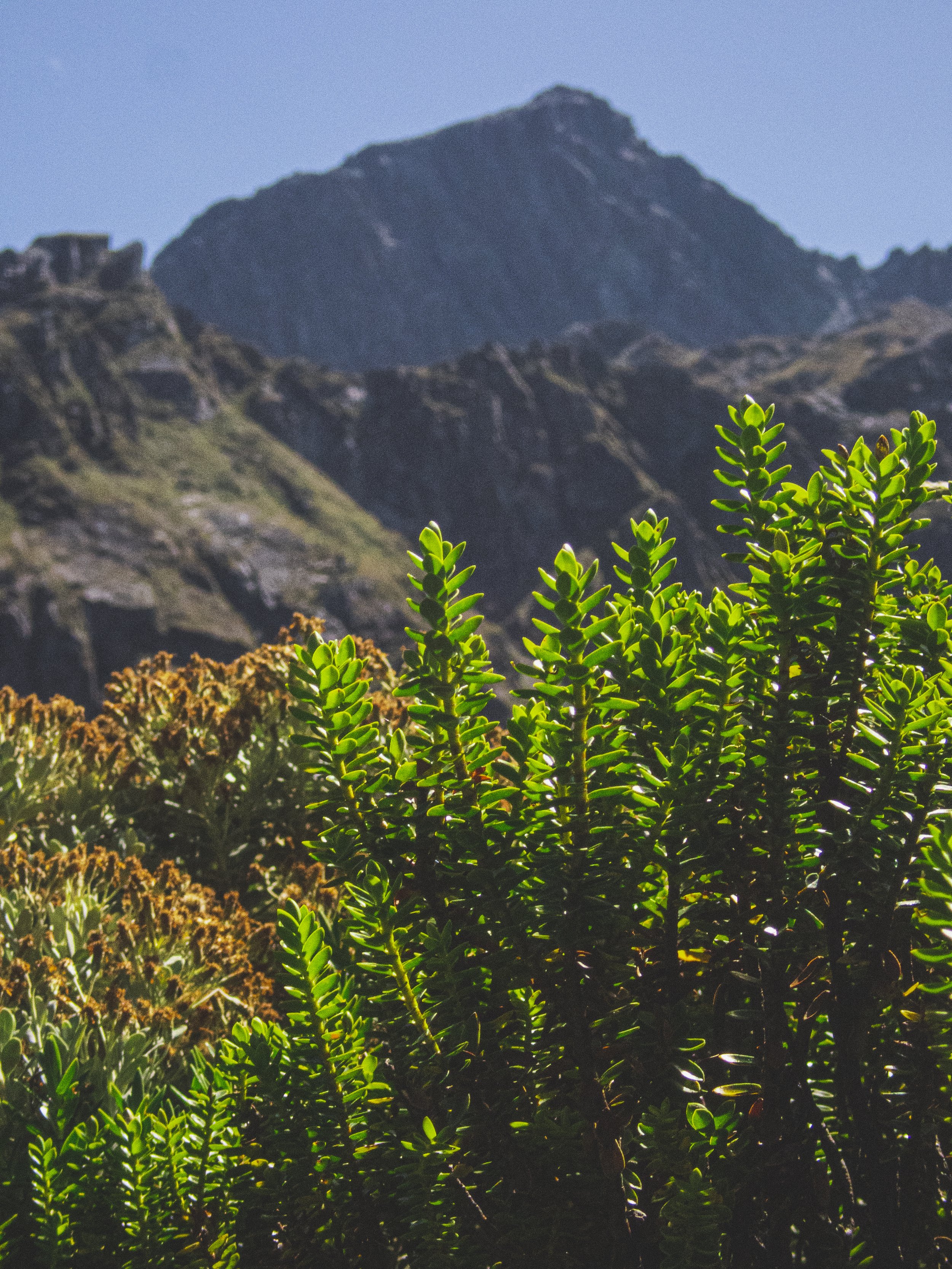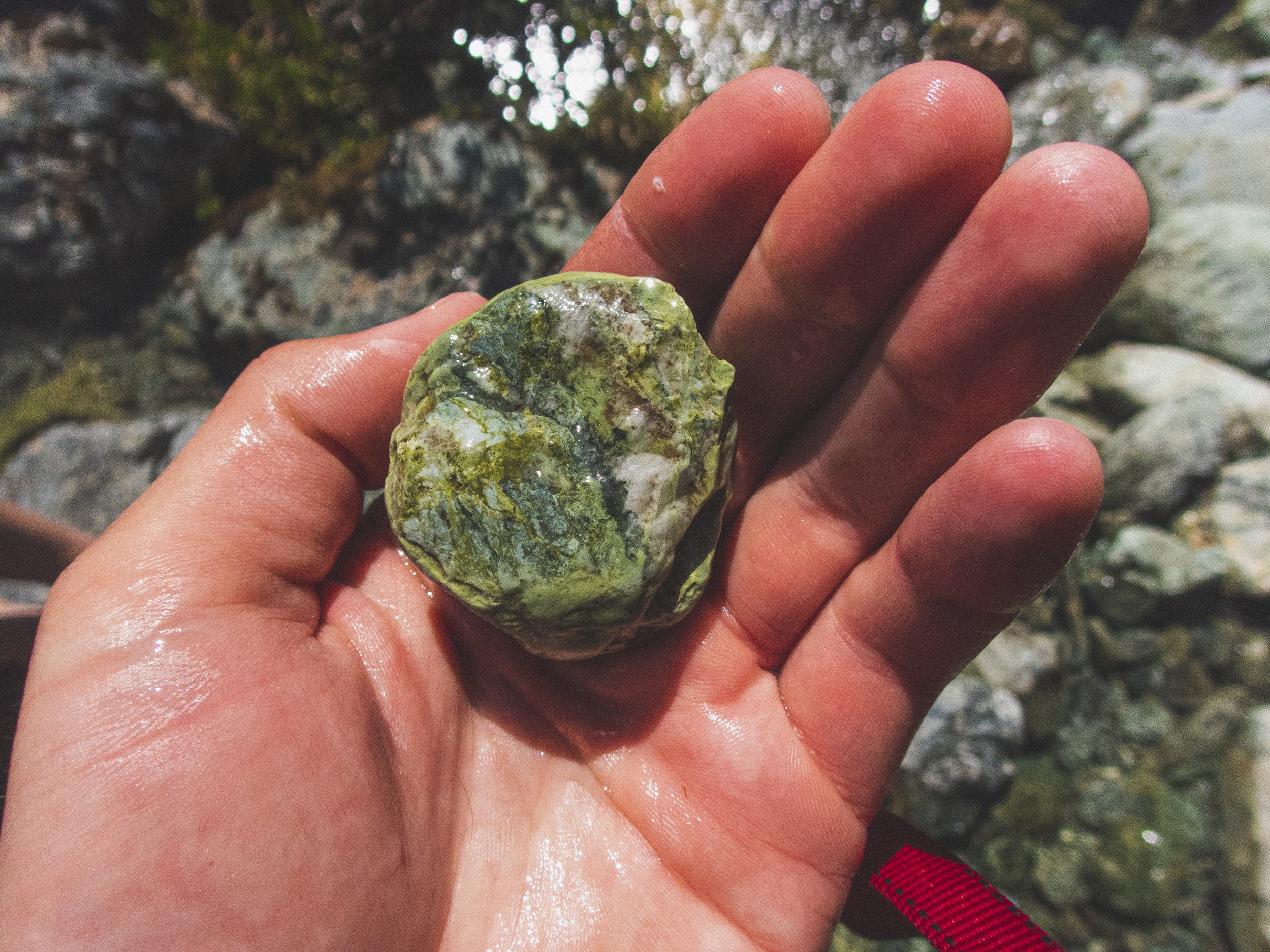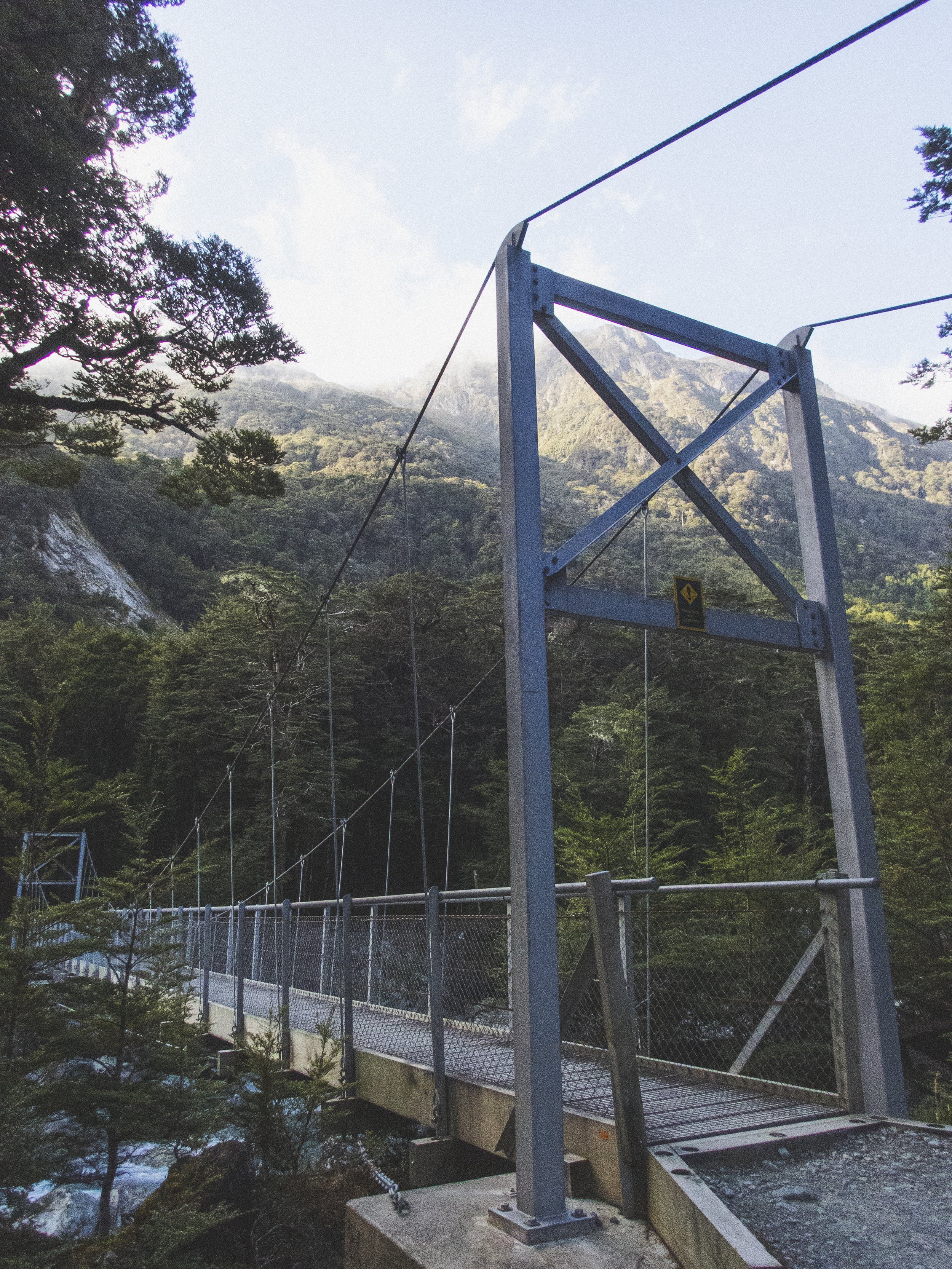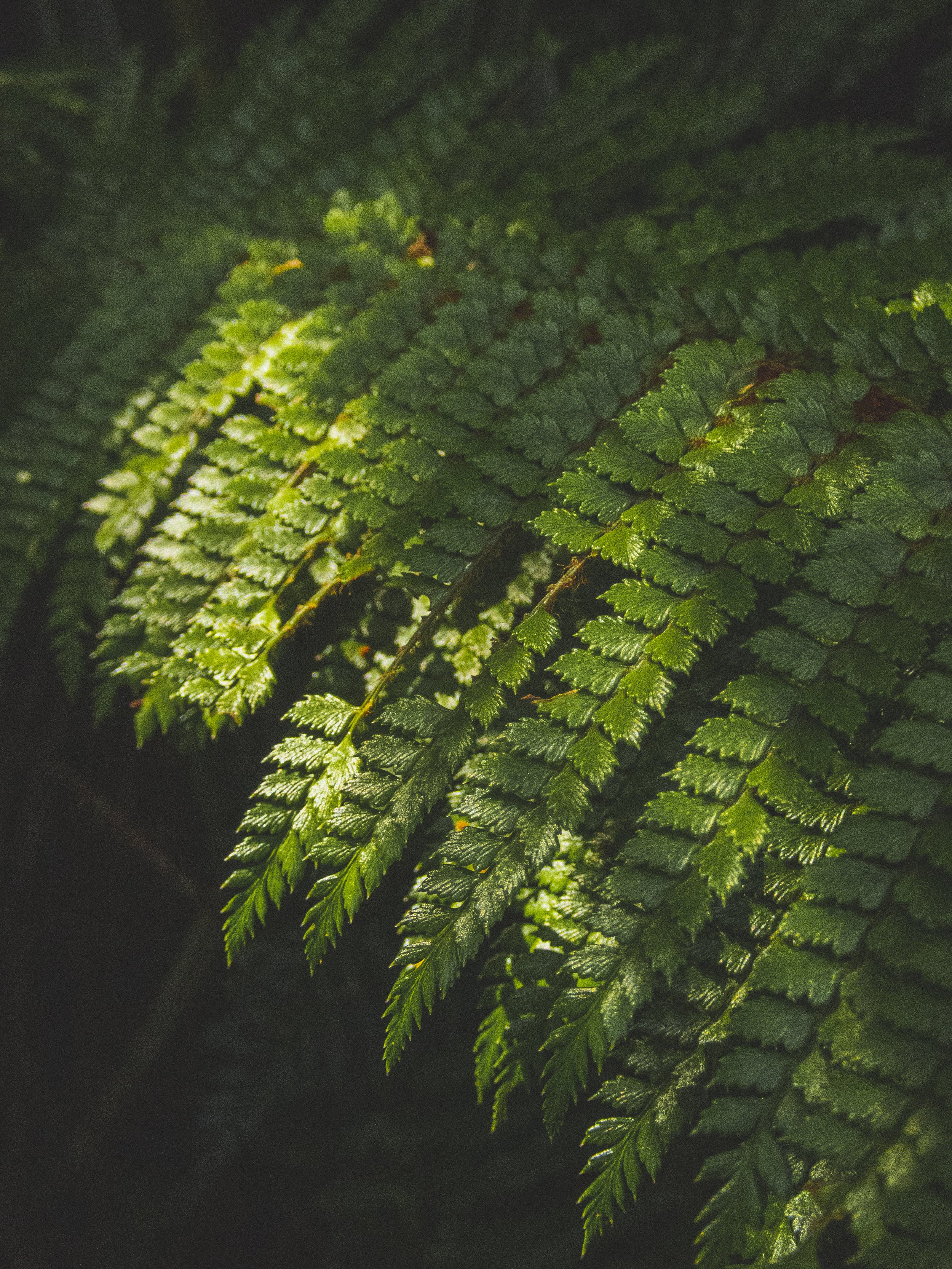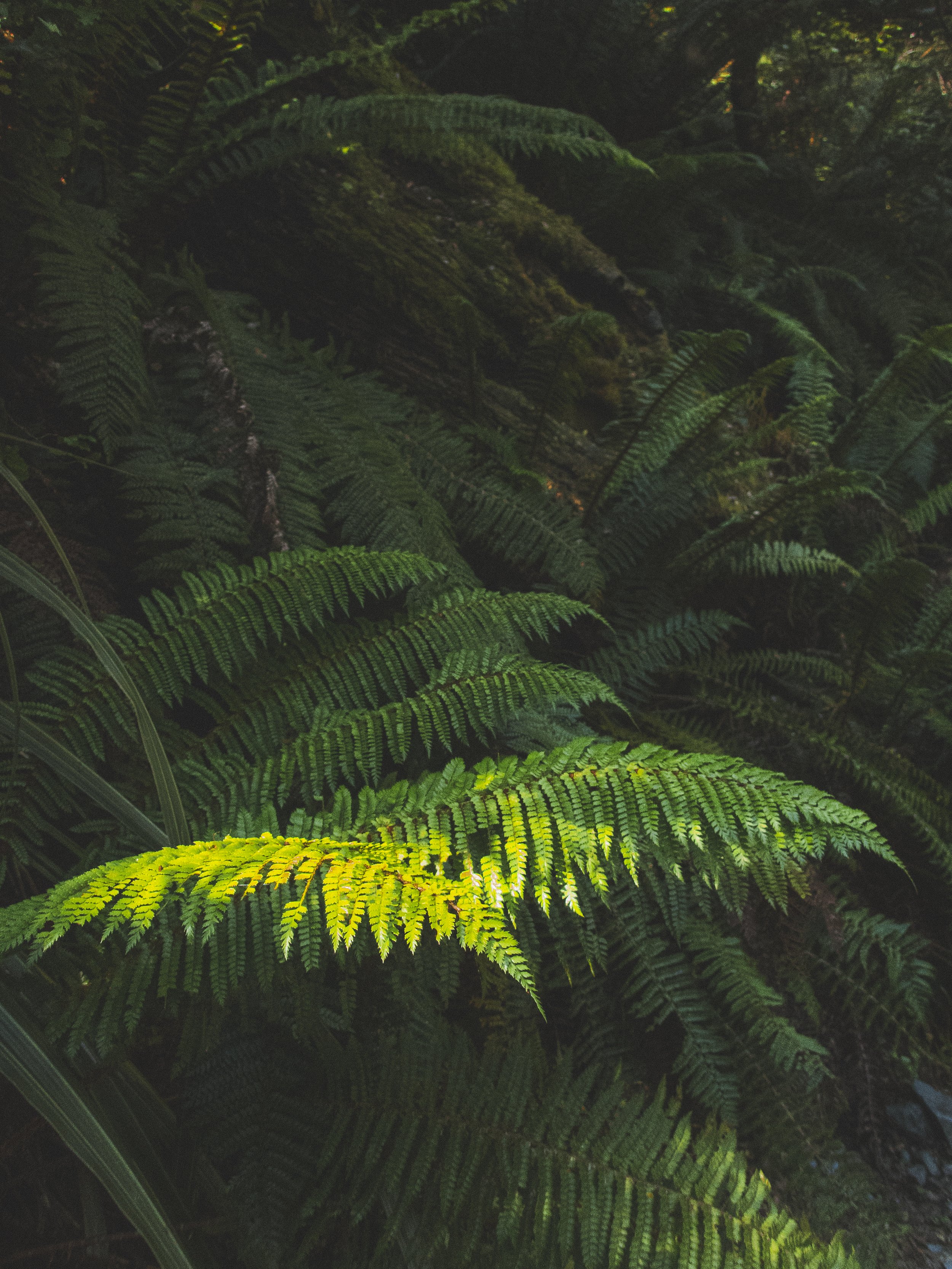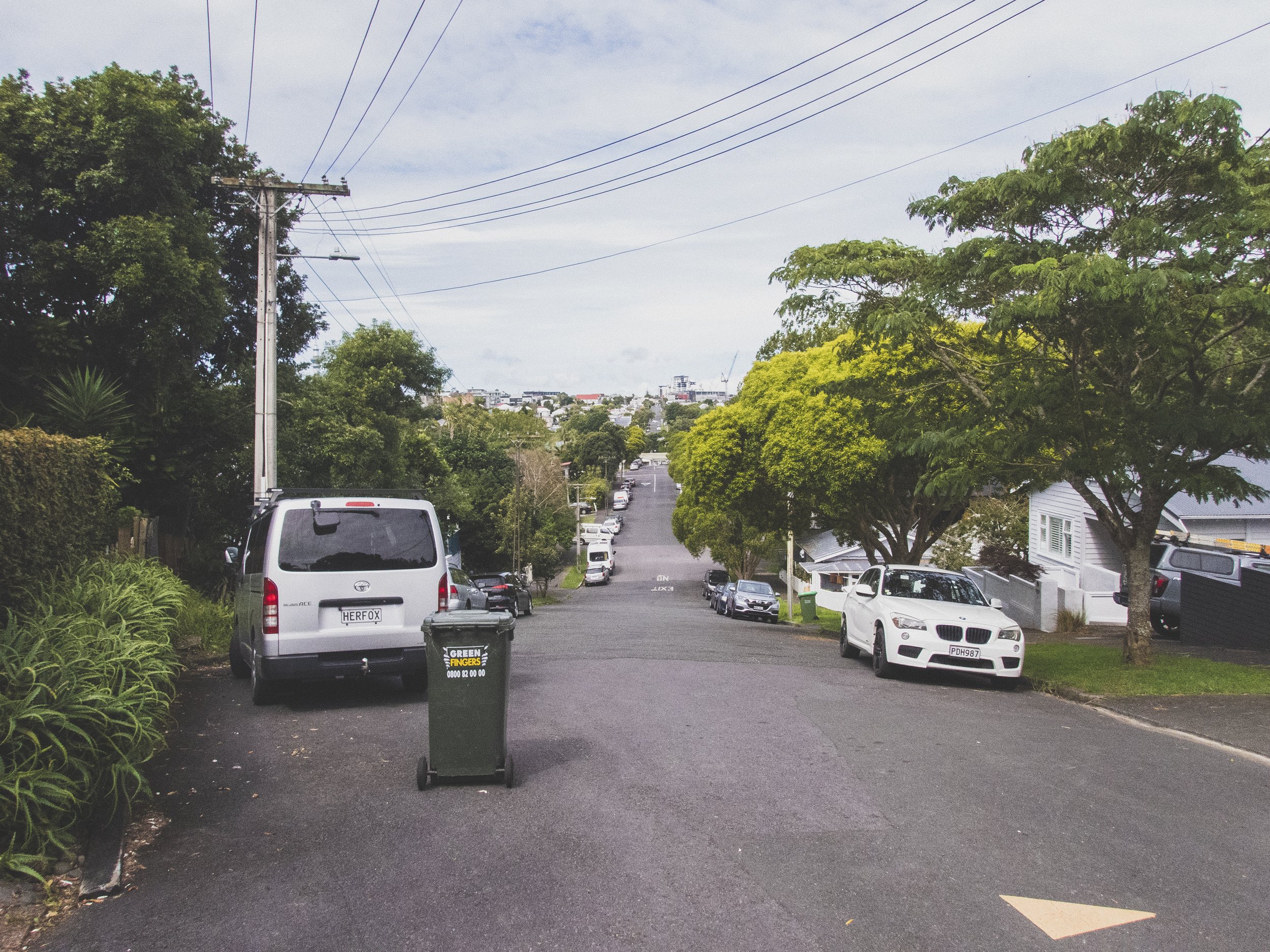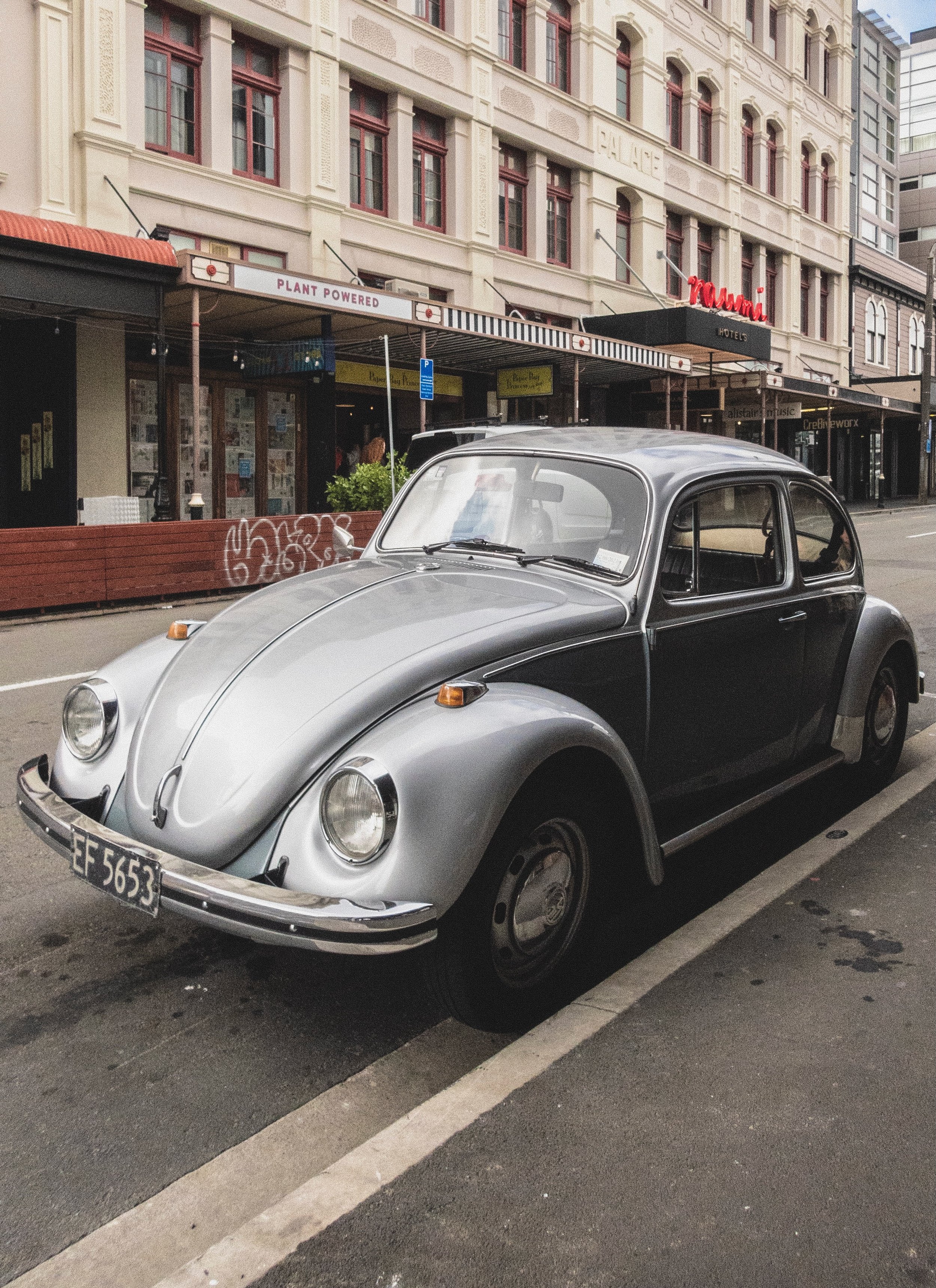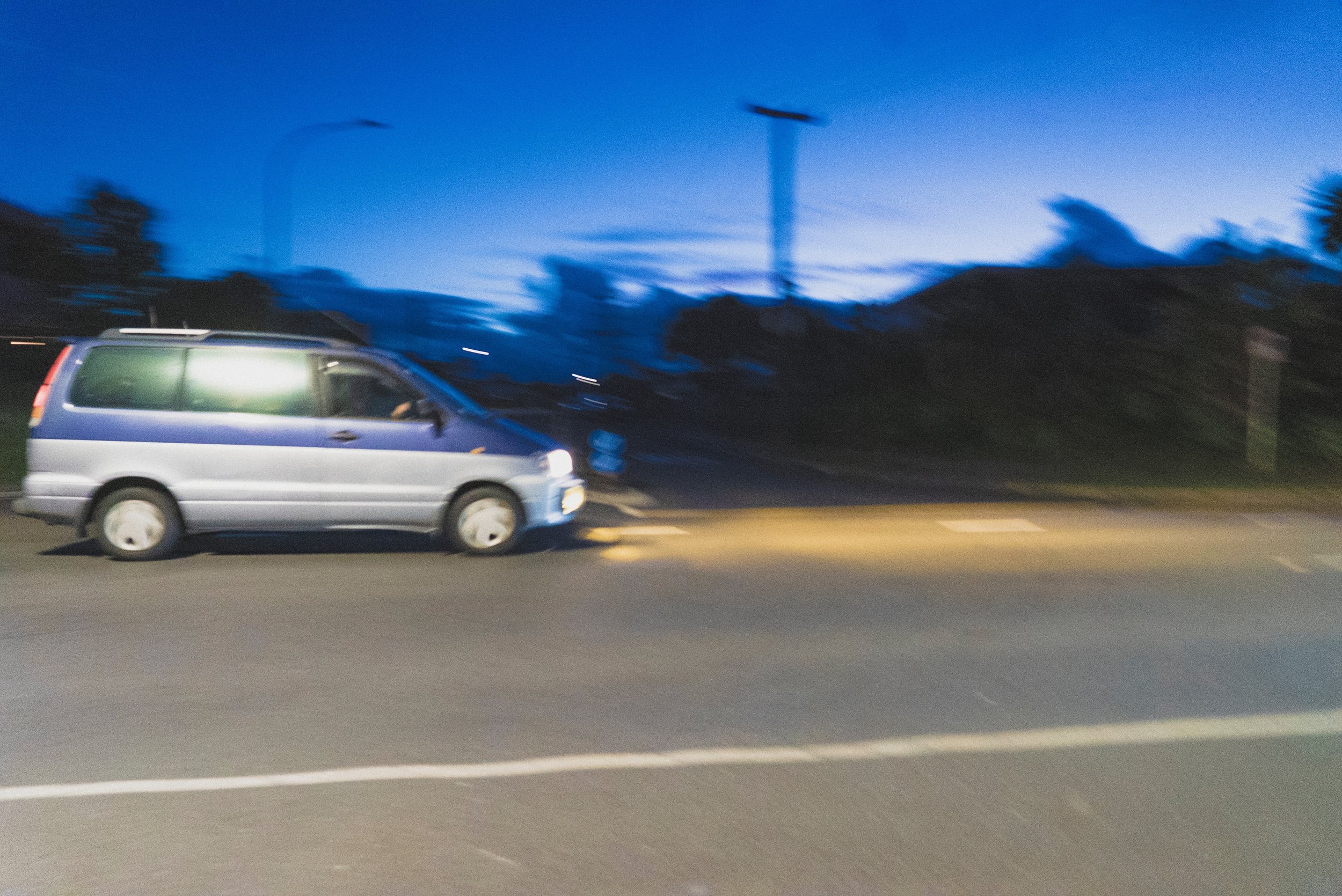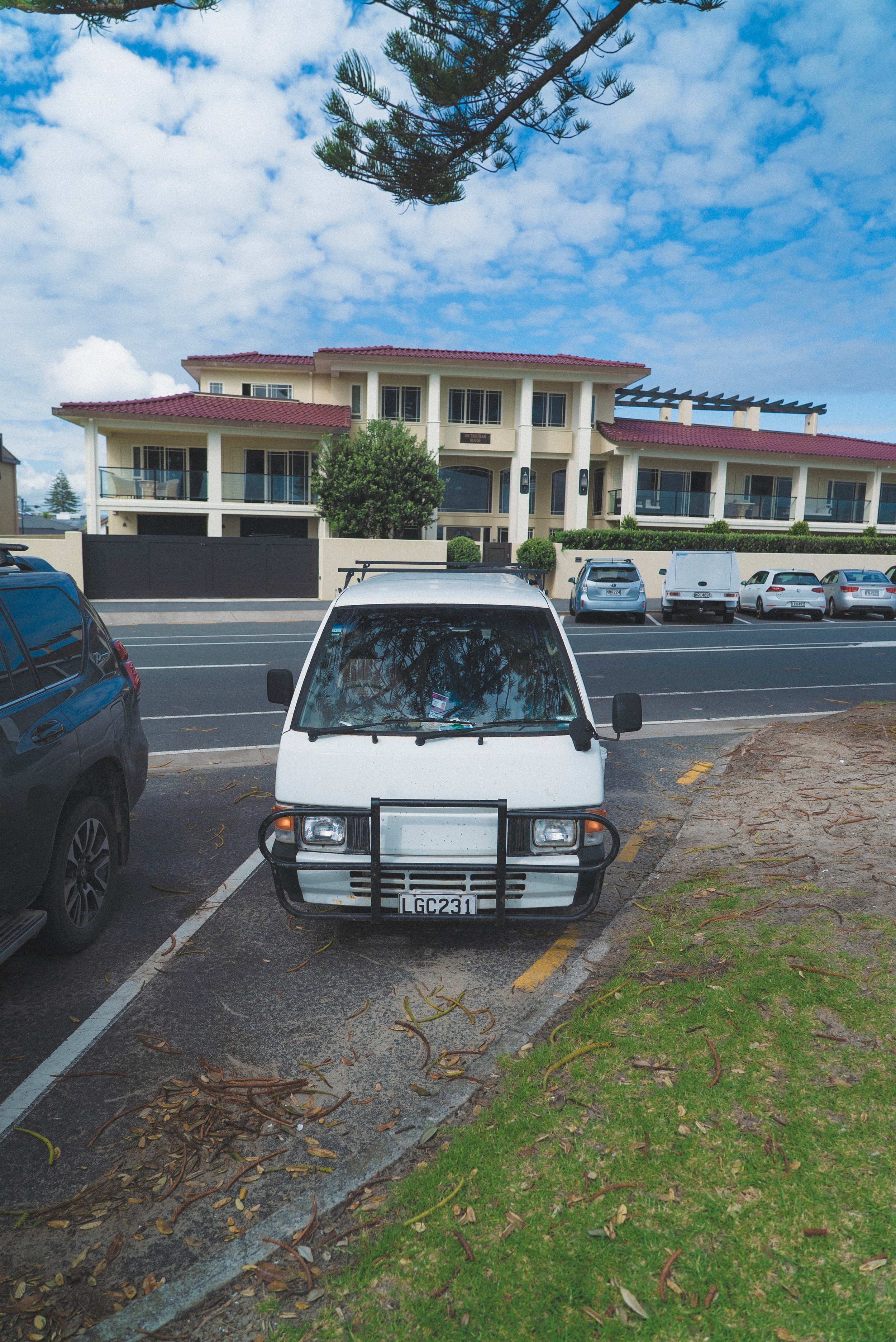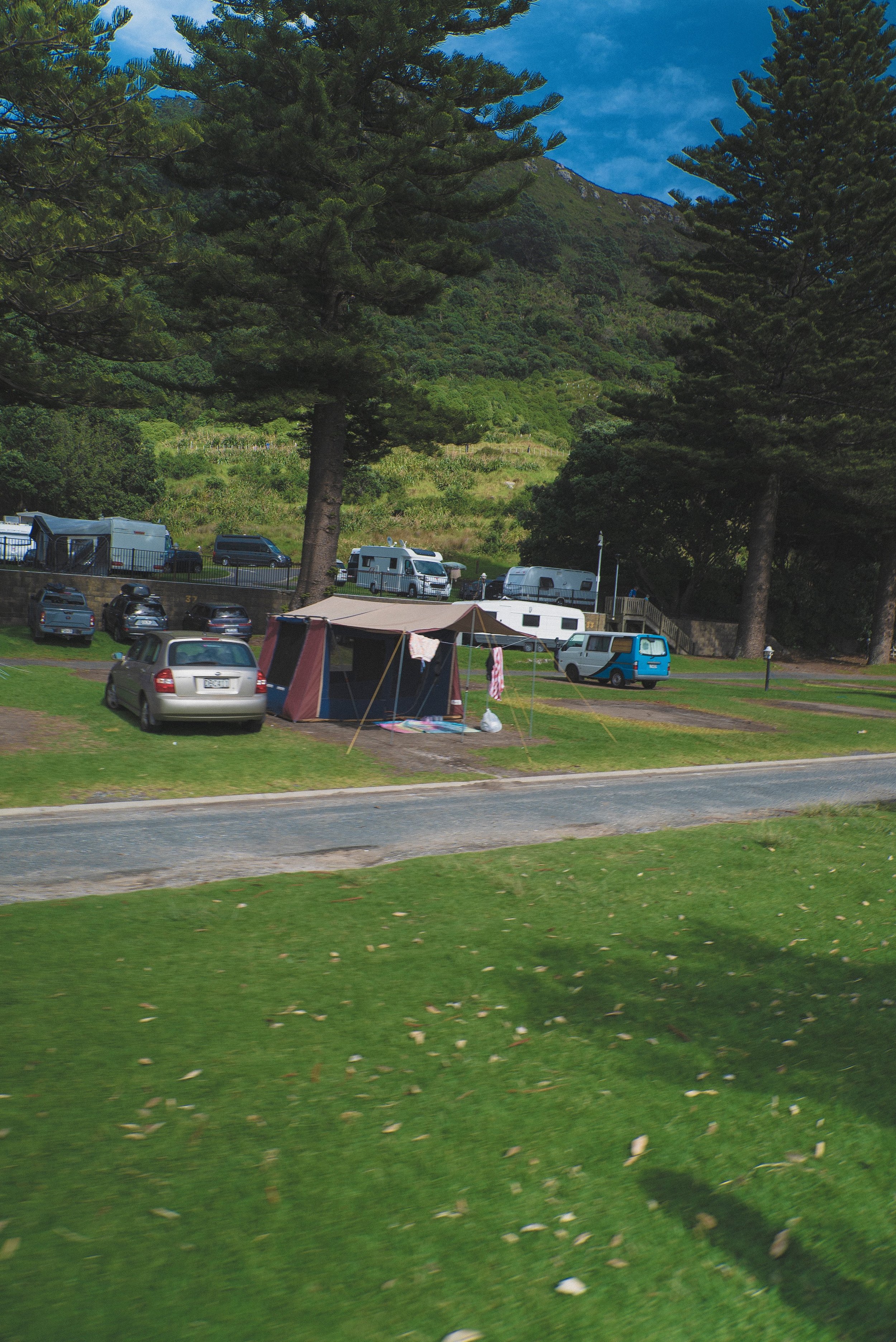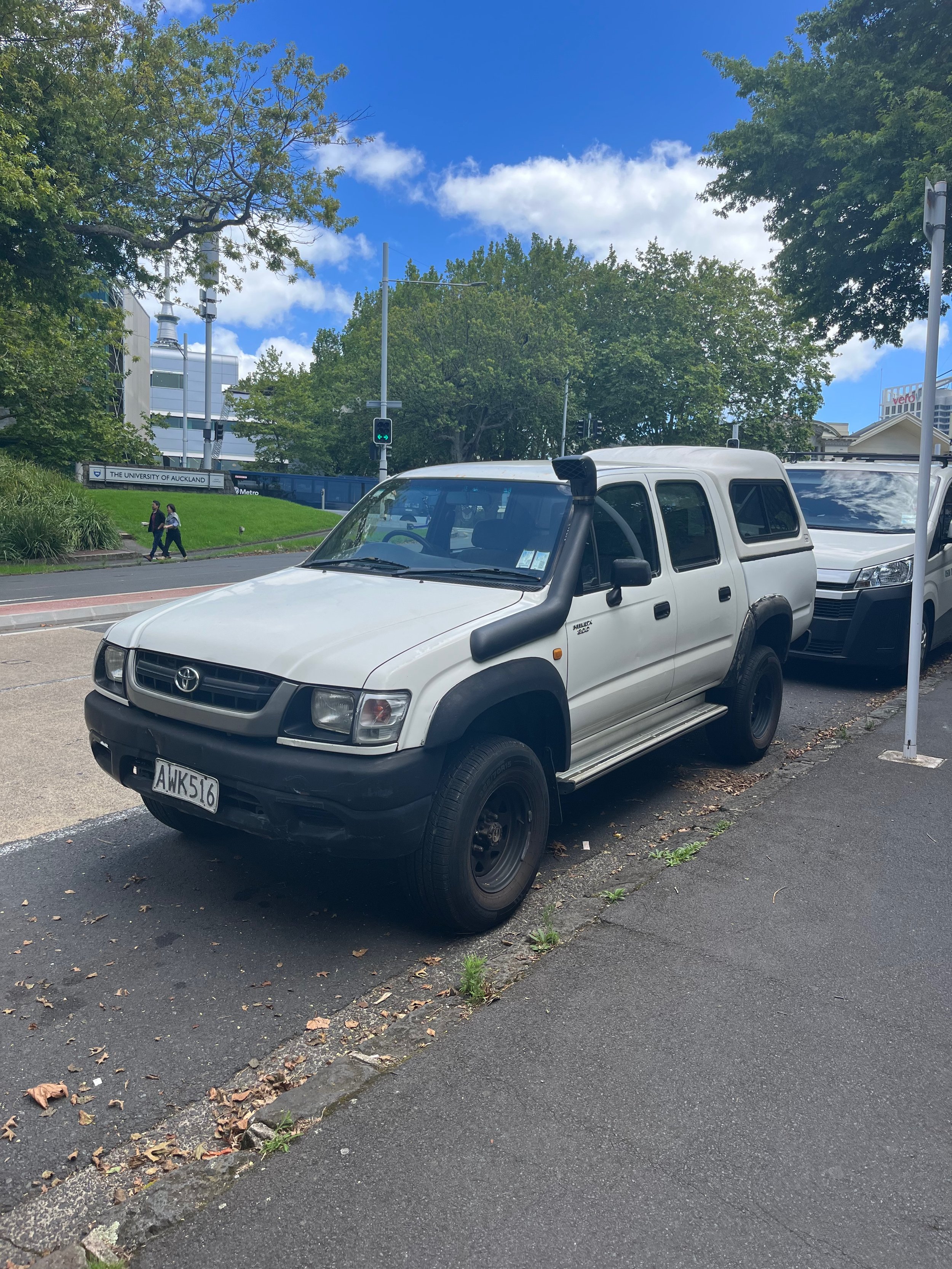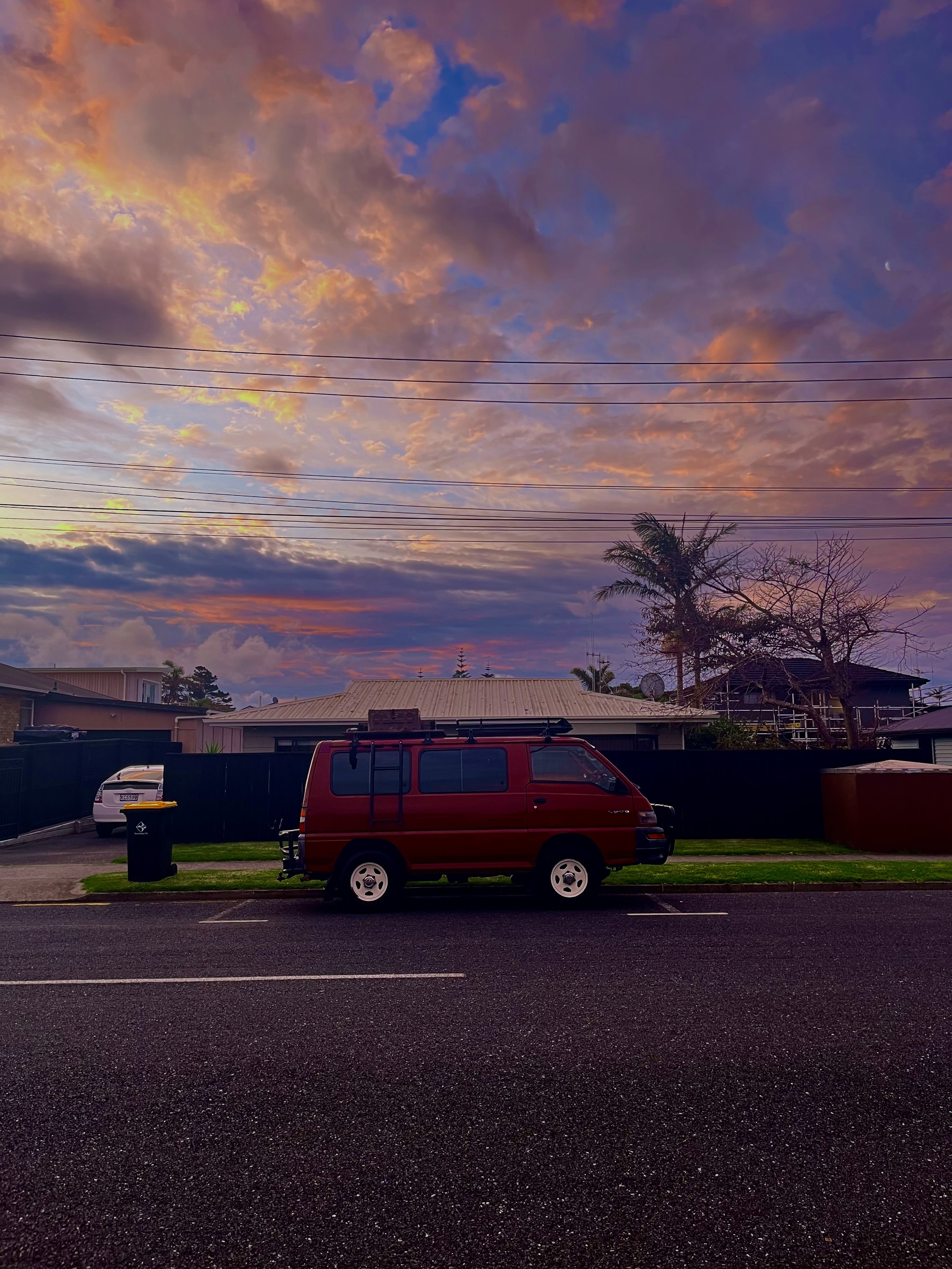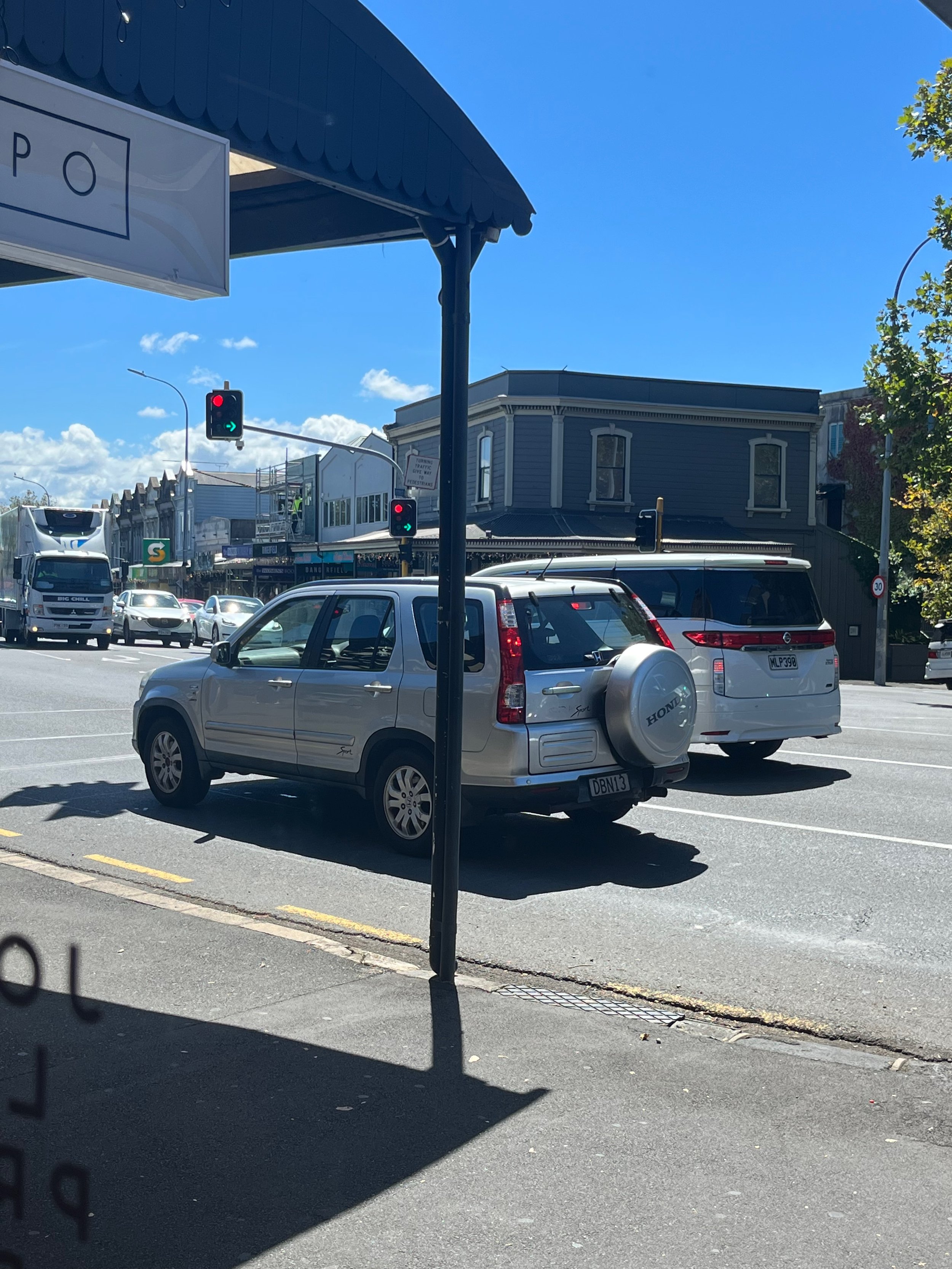New Zealand
The day I met Sonya we began planning a trip to New Zealand.
Aotearoa, the Māori word for "land of the long white cloud," was among the last lands to be inhabited by humans. The expansion into the islands from Oceania began only in the 13th century. The 1800s drew European settlers by tales of a lush, temperate land brimming with opportunity. New Zealand is known for attracting explorers of all kinds.
The Mueller Hut:
Perched High Atop the Southern Alps
As the trip began to take shape, Sonya took the lead on most of the details. With her travel background and a career in various sectors of the travel industry, she has a natural ability to craft complex itineraries. Her expertise stretched our budget for a full month-long adventure.
We were incredibly lucky to have her friends, family, and intimate knowledge of the country at our disposal. These elements added a depth to our daily experiences that money can't buy. For these reasons, I was content to sit back and let her work her magic.
However, after my research, I did have one non-negotiable.
The Mueller Hut is a bright red building perched high in the Southern Alps. Accessible only by helicopter or 1000m of steep vertical hiking.
We arrived at the trailhead midday & fought the late summer sun all the way up. The trail starts relatively flat as you approach the inflection point of the Tasman River valley, and very quickly begins to ascend.
After 2km and ~300m of elevation gain, the railroad tie steps gave way to steeper exposed rock, followed by a final vertical push up a stretch of loose gravel, making for messy climbing. The trail evens out, unveiling a ridge that provides a breathtaking panoramic view of Aoraki’s ice-crowned peak.
At this point, the deep, melodic cracking of glaciers began echoing off the rocks.
It wasn’t long after bunks were claimed & the single beer carried up was cracked that the first avalanche thundered across the drainage. The whole viewing deck stopped and stared as a chunk of pulverized glacier trickled down a thin channel of jagged rock.
Alpine Glaciers form based on a variety of factors: consistent annual snowfall, cardinal direction, slope, altitude & the distance from the equator; to name a few. As the earth tilts with the changing seasons, the angle of sunlight hitting the landscape shifts. In the Southern Hemisphere, the south-facing slopes receive the least amount of direct sunlight.
At the height of summer, the light that does hit these spaces is direct, harsh sunlight. These light beams sear the top layer, which then melts back into the icy mass as the thermal energy fades with nightfall. Day after day, season after season, millennia after millennia, this cycle repeats itself. Fresh snow feeds the top layers of snowpack, moving ever so slowly down the face of the mountain.
Big should out to Andy and Kathryn for help fill in the gaps with gear and making this adventure possible
Kea: New Zealand’s Alpine Parrot
A group of Keas showed up mid-afternoon. They were a ruckus: knocking things over, getting stuck in cages, and generally causing a stir. Thrilling to watch.
The Kea are New Zealand’s Alpine Parrot. A domain typically dominated by hawks and eagles, their presence is a burst of life in such a harsh terrain.
The ecological niche of the Kea is as unique as its personality. New Zealand's absence of mammalian predators has paved the way for the Kea's dominance, allowing this bird to evolve without the threat of predation that parrots in other parts of the world face. This freedom has fostered a boldness in the Kea, reflected in its playful interactions with humans and the environment.
The Kea stands as a testament to nature's unpredictable adaptability. As New Zealand’s alpine icon, it challenges our perceptions of parrot ecology, demonstrating that life, much like the Kea itself, cannot be confined to the cages we know. Except sometimes the Kea finds itself confined in cages. Damn bird.
NEW ZEALAND’S GREAT WALKS
The Routeburn track is a 33km push across the Humboldt Mountain range through Mount Aspiring and Fjordland National Parks. One of 6 designated “Great Walks” in New Zealand, it draws travelers both domestic and international, booking up often years in advance. Unfortunately, we were late with this itinerary, and were unable to secure the hut reservations.
Despite the setback, since we had come all this way, it seemed foolish not to at least get a taste.
The eastern portal is located just an hour’s drive from Queenstown. We couldn’t not add an out-and-back day hike. It was a doozie: a staggering 27km round trip, up and down 1200m of elevation.
We were excited, but nervous. This was a big hike to take on, especially amidst the daily uncertainty of international travel. Neither of us were sure whether the long days and fast pace would have taken its toll, especially in anticipation of the Mueller Hut hike 3 days later. Eventually we said fuck it - ain’t a good ‘venture if ya ain’t lil scared.
Packs loaded with ample snacks, we were off just as the sun was making first light on the peaks above. The first landscape we encountered was a dense pine forest with a lush fern undergrowth. The Pacific ocean across the range to the west charges the atmosphere with moisture, making for a rich ecological makeup at every topographical zone.
The trail was well kept with professionally engineered bridges and steps up the steep inclines. All separated by mud-resistant gravel straights. It was hard, yes, but it never felt impossible. It facilitated a rhythmic flow of movement that lulled us into a mind space where it was easy to get lost in taking the next step.
The views were wild, but the simple act of walking along was memorable just the same.
ooo
The forest hit treeline just after we passed the Routeburn Falls Hut. It was beautifully designed with a remarkable view of the valley we’d just climbed out of. I’ll admit there was some jealousy that I would not be able to watch the day turn over from there. We saddled back up, knees tired and boots hot, for the last push of our climb.
A cascading creek made several levels of waterfall with impossibly blue water. At this point the rest of the world was completely out of view. Existing in this landscape wildly foreign, yet familiar enough to feel an unexpected sense of home.
Our time in the alpine valley felt like forever and nothing all at once. Everything about it was exactly like I had always imagined New Zealand to be, a vibrant alternative with an essence of magic around every bend and under every leaf. I felt a distinct sense of awe to find myself in such a remarkable location. A memory I’ll always hold onto.
I am happy to confirm that the Great Walks are a national treasure to New Zealand.
Why Explore?
What is the draw to adventure? Why pursue the challenge of navigating the unknown? Exploration is the pursuit of discovery. An itch within. It calls the adventurer to shake loose the comfort of home. To venture out into the unknown. To search for possibility. With knowledge comes growth. Adaptation is the only path forward.
Auckland 🇳🇿
The travel to New Zealand’s largest city was a 3-flight jaunt from DEN ✈ LAX ✈ PPT ✈ AKL. On a Friday afternoon in February, we left Denver en route to LA, where we boarded red eye flight to Tahiti. It was a tiny little island airport in the middle of the Pacific where a trio band welcomed us with island music before sunrise.
It was disorienting to be there after such a long evening of travel and we got swindled into a $19 coffee and a $60 candle. We were wheels up by late Saturday morning. The trip was roughly 6 hours in the air, landing in Auckland early Sunday afternoon. A time change that still trips up my mind.
The customs line was a zoo. Patience was a gnarly sucker punch, delaying a reunion I’d been eagerly anticipating. A few from Sonya’s college crew, Kathryn, Ru, & Darren met us at the airport and were so gassed to see Sonya back. Such a treat to see.
My first glimpse of New Zealand urban design was in Kathryn & Ru’s neighborhood. A cozy street dense with a canopy of trees and lush street level foliage. A compact, irregular mosaic of shops & housing lined with moderate sized imported vehicles. I was tickled. Even the garbage cans had a hearty dose of design aesthetic.
It was common with the kiwis we encountered to talk lowly of Auckland:
“You’re here for the South Island aren’tcha”
… “nothin too special about Auckland”
No matter where you call home, it’s instinctual to take a stance against where you’re from. When the environment you live your days in loses its glow, it is easy for the subtle details of a place to fade into the monotony of day-to-day life. I’m guilty of this as well.
Auckland doesn’t scream metropolis like the world class cities that locals bring up in comparison. You’re right, it doesn’t feel like I’m in Tokyo and no I’m not getting dazzled by Dubai.
Auckland is a bustling city with a population of about 1.5 million. The cityscape ranges from nods to British imperial design in the classic neighborhoods, to the latest trends of steel and glass in modern developments. The urban core provides multitudes of transportation options. I noticed a strong focus in offering protected bike lanes, wide pedestrian walkways, consistent-running user-friendly public transit, and the public’s general acceptance of utilizing various forms of transportation for running errands. Also ferries? Come on.
New Zealand feels so far away from the rest of the world. It’s had to evolve to different constraints. The knobs and levers that have been at the heart of urban, technological, and societal development have been pulled in ways that vary slightly from most of the cities that I’ve explored.
Take my opinions with a grain of salt, I’m just a nerd, not an expert. I’m simply speculating based on the factors I’ve observed and studied, which is limited. However, it is fun to consider what the driving factors are for each unique place in this world. Bottom line: New Zealand has a distinct energy coursing through every street, up every mountain, and winding with every stream. It draws you in and makes you fall in love with its mere existence.
While in Auckland, I noticed a shift in design to empower the average citizen to make the most of their day, whatever that may look like.
That being said, like everywhere else, there is still a lot of room for improvement in Auckland and its surrounding areas, but I believe there are glimmers of hope for a future I wish to live in. One where cities are designed for the human scale, for daily human life.
New Zealand Car Culture
In my travels, I have always clued in to the automobile landscape. Similar to the natural landscape, the automobile landscape is a patchwork of interrelated elements that adapt, evolve, and grow to the conditions and constraints in which they exist.
The automobile landscape in North America is different from South America. Indianapolis is different from Aspen. Boston and London have their own distinct auto-character. It’s its own microcosm of the universe, and for better or worse, one that I know way too much about.
While in NZ, I shared quite a few vans on my Instagram story, & Sonya’s uncle responded to one asking: “what’s with all the vans payson?”
New Zealand’s car culture has evolved to constraints that vary wildly from the wide open plains of mid-west USA. A small dense island with winding roads and no domestic auto production. Every vehicle had to travel on a boat to land here. Pair that with the limited space on roads and infrastructure, leads to a remarkable difference in collective vehicle size. Vans, garbage trucks, even the buses were all extraordinarily smaller than my home world.
It was refreshing to see what a landscape without all the supersized autos felt like. Again, it felt like it was designed to the human scale, cities were less intimidating without the enormous, tank-esque behemoths rumbling through pedestrian filled roadways. A vision to what cities could feel like for bi-pedal travelers. A little bit quieter, a little bit more room for activities.
Enough of my car talk - Thank you for taking the time to read this. Now to close out, check out these funky cars I found.






